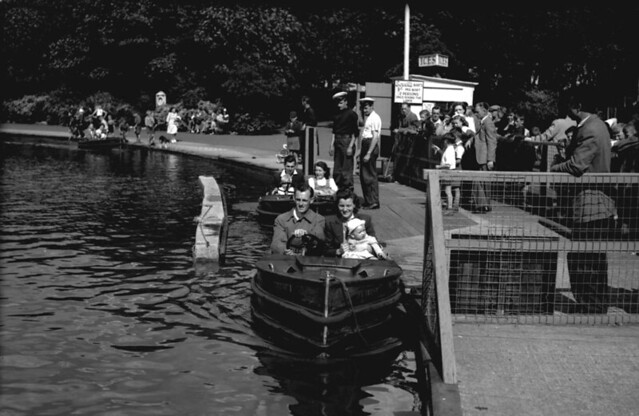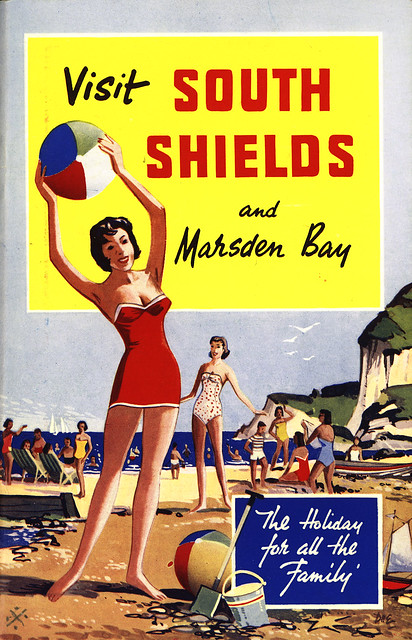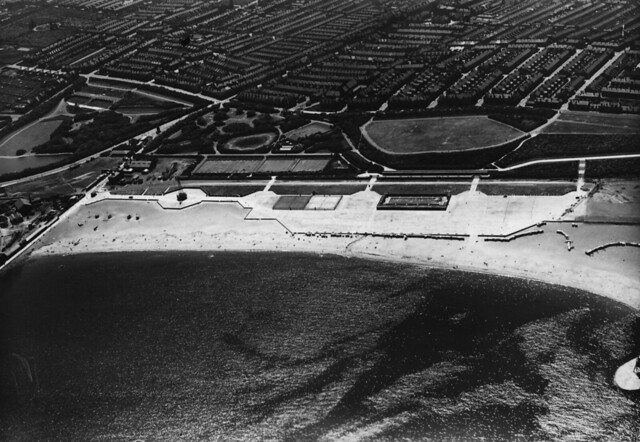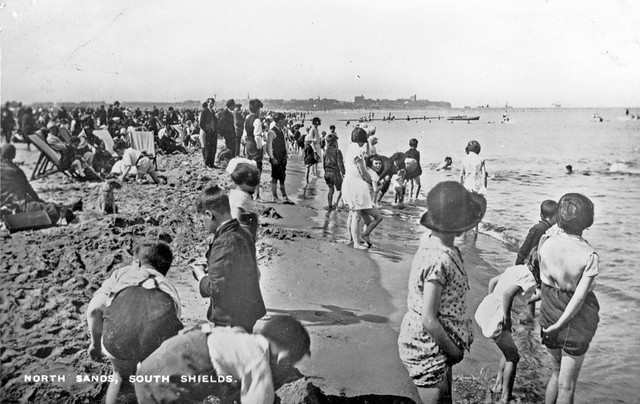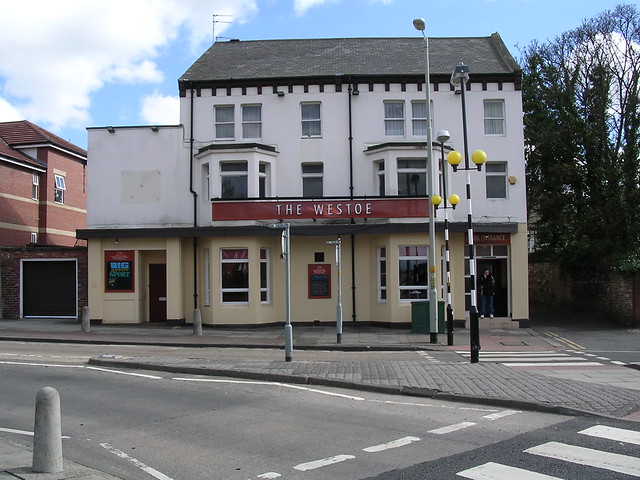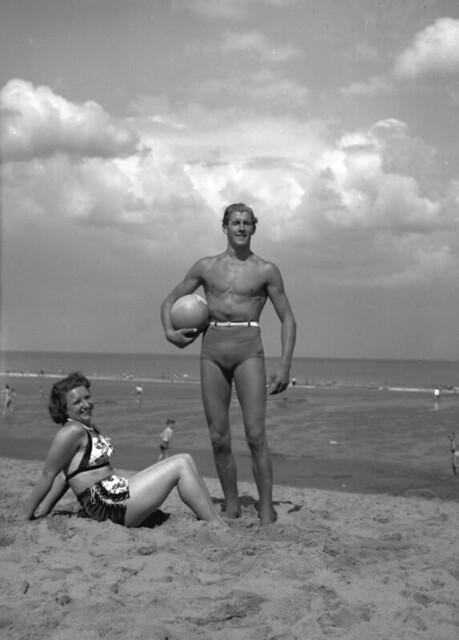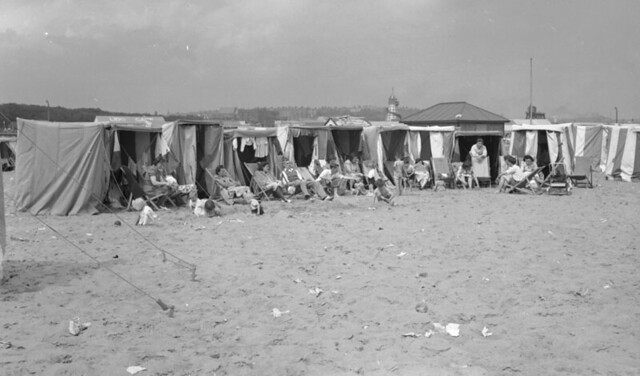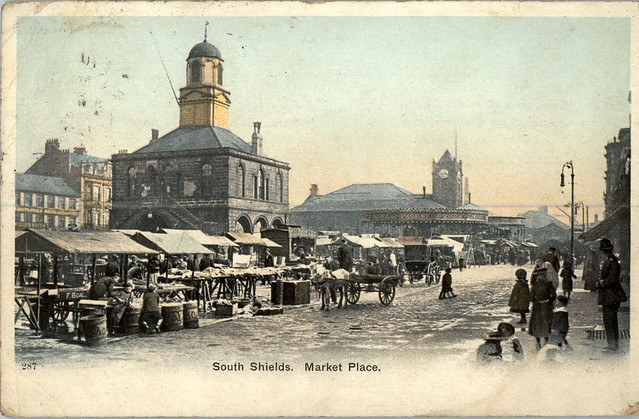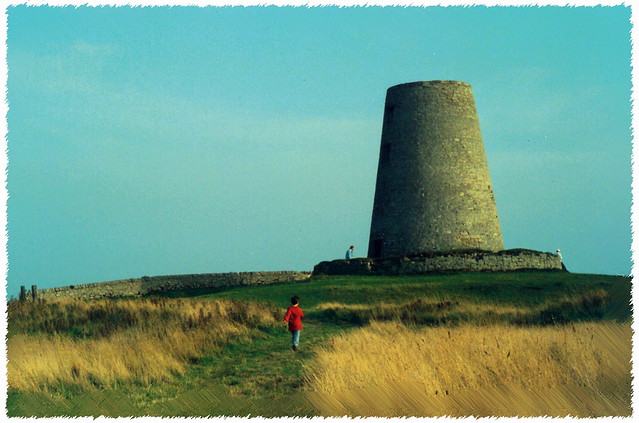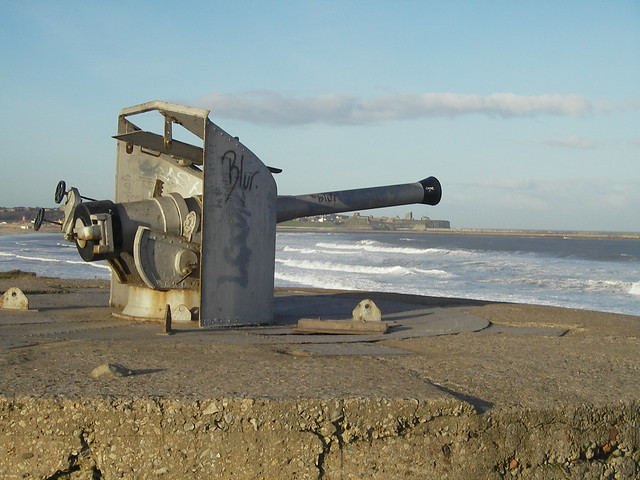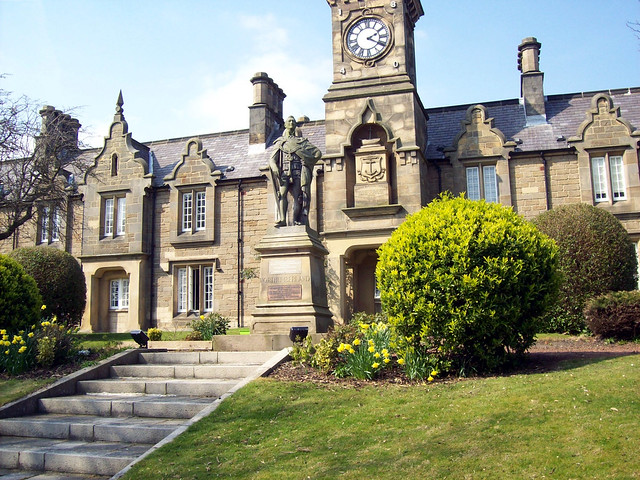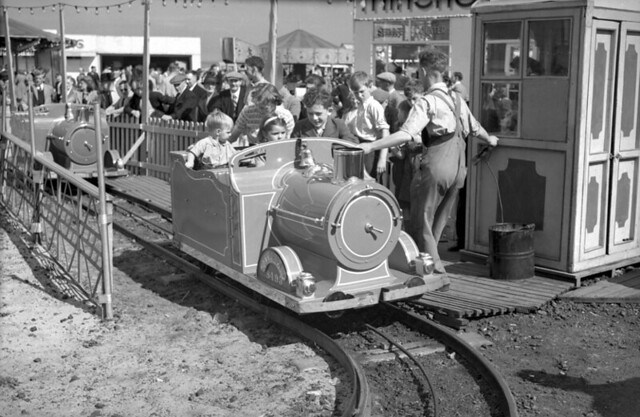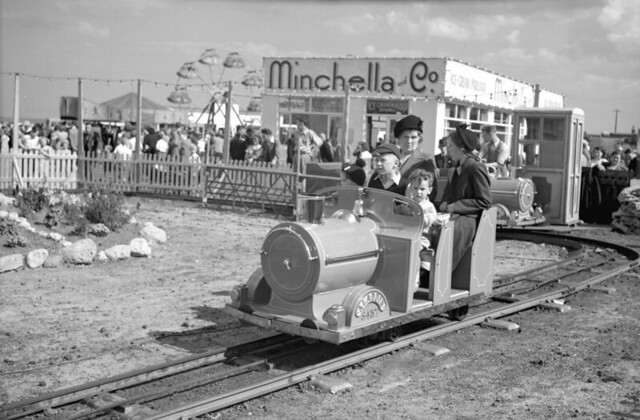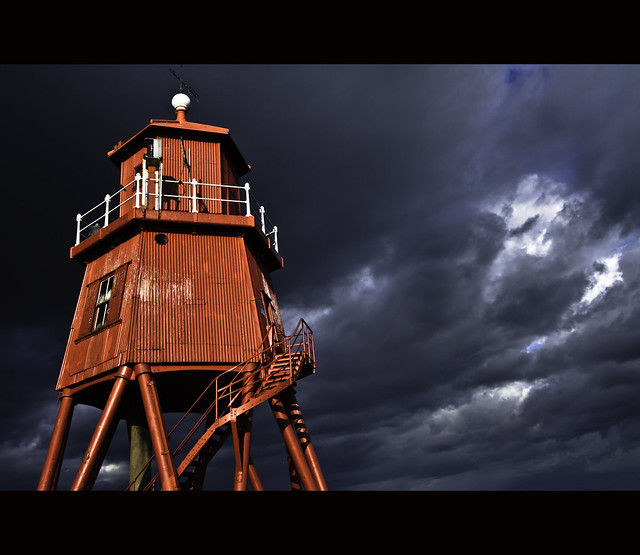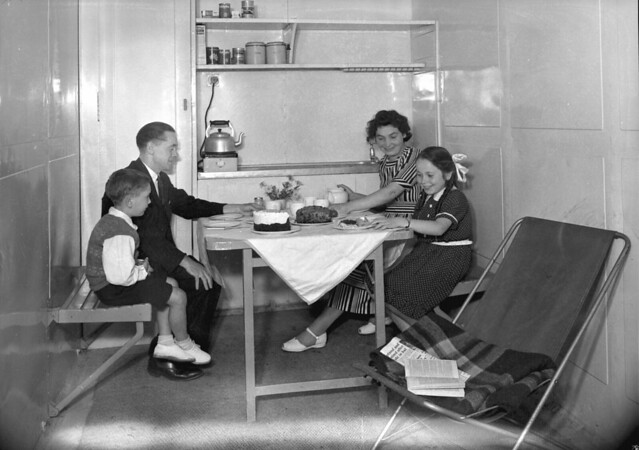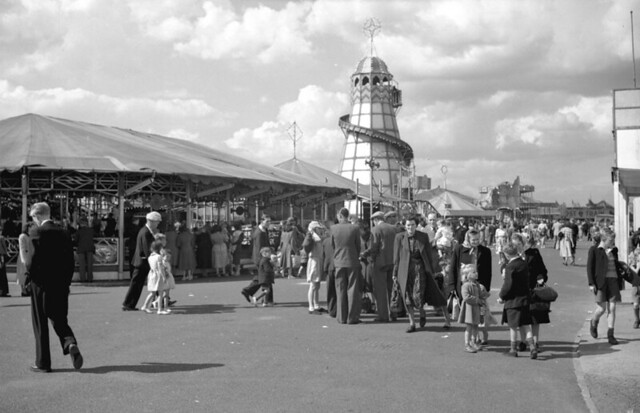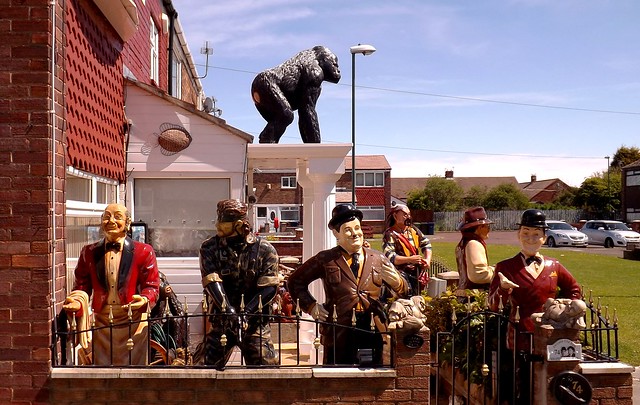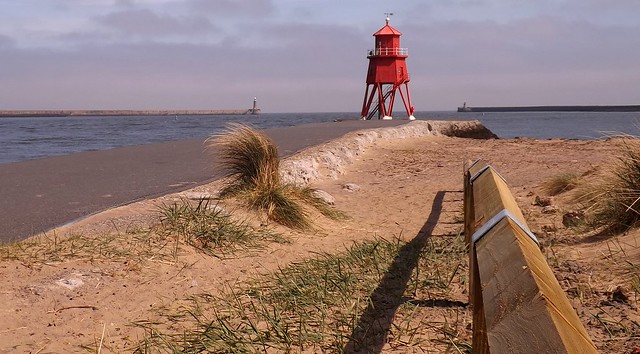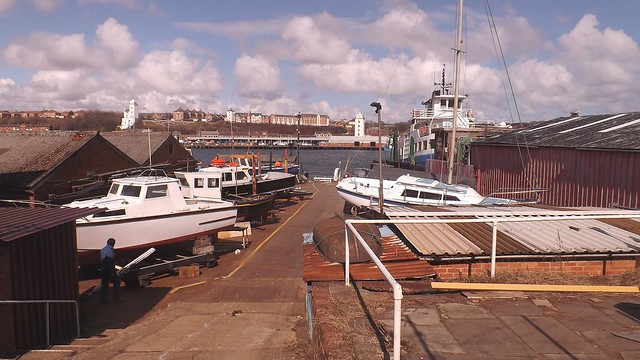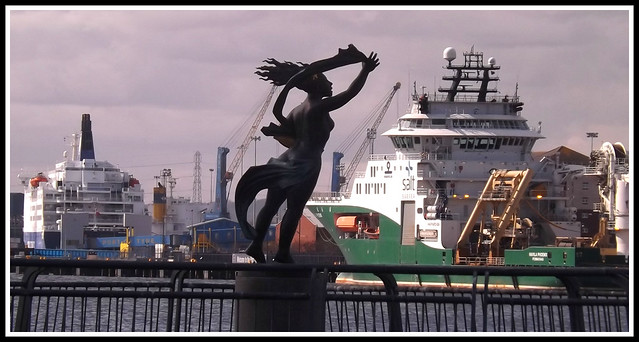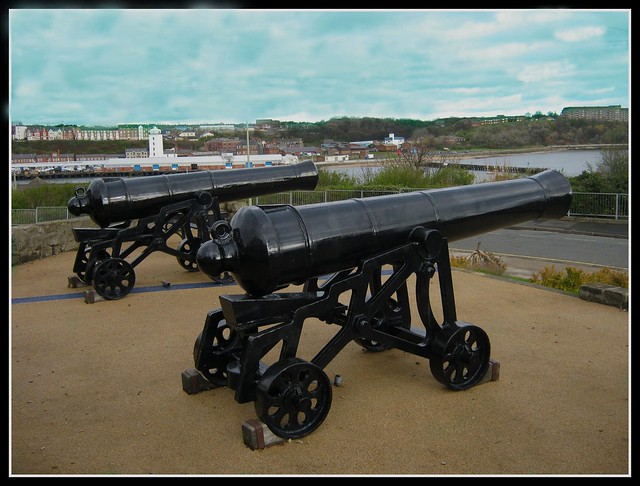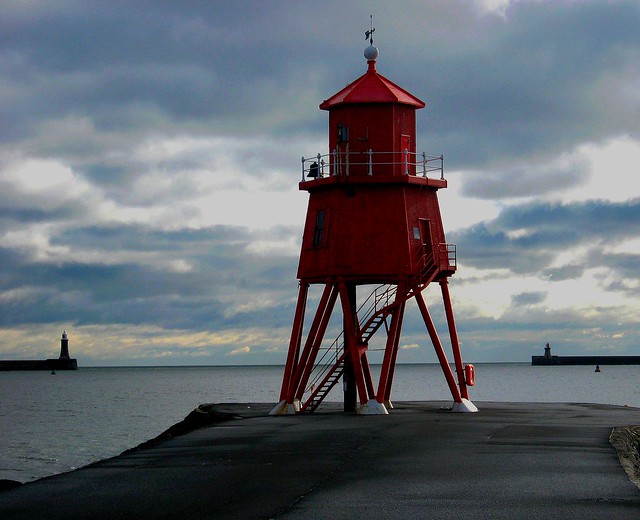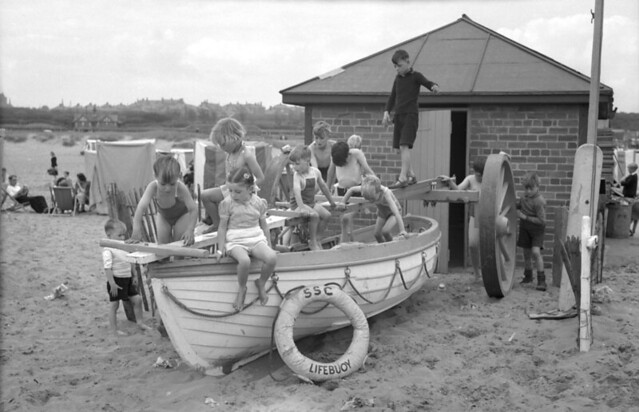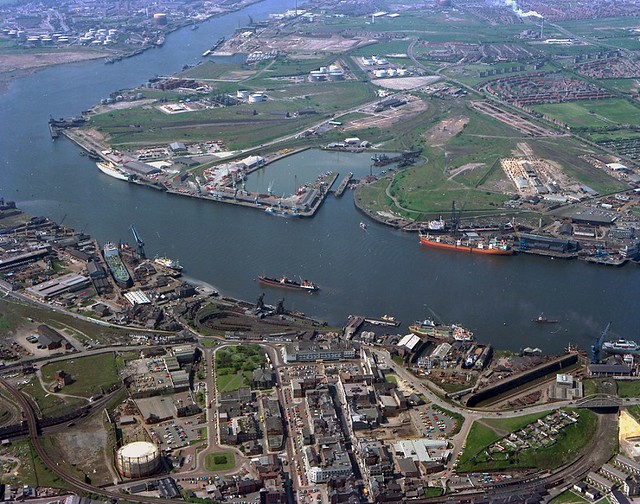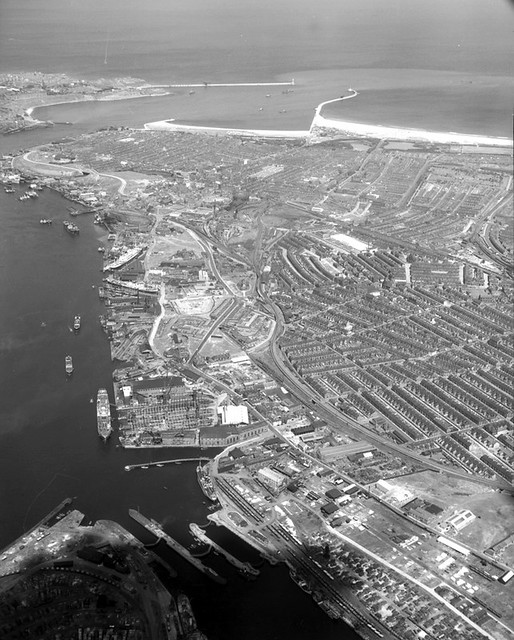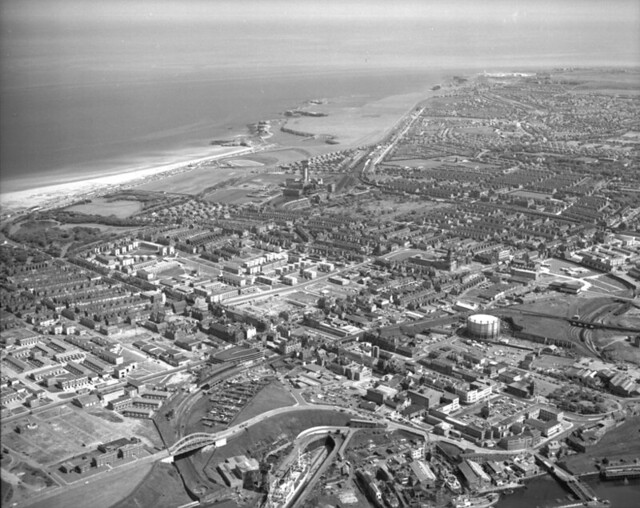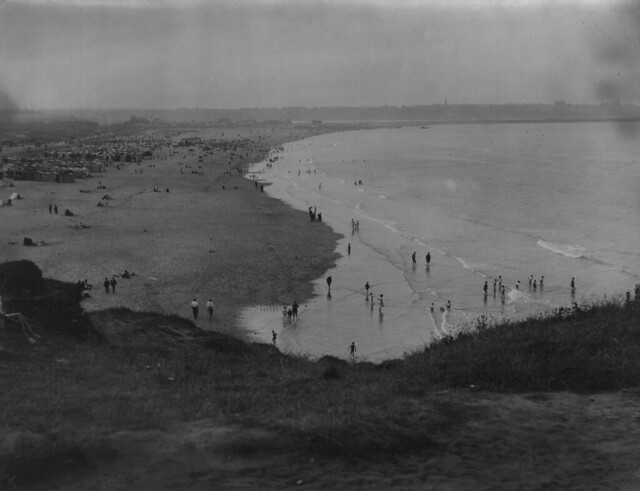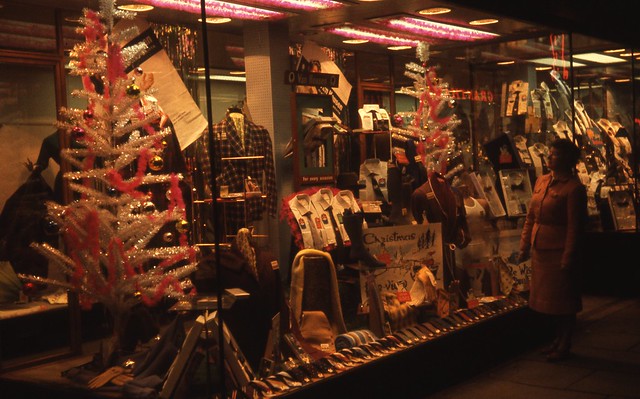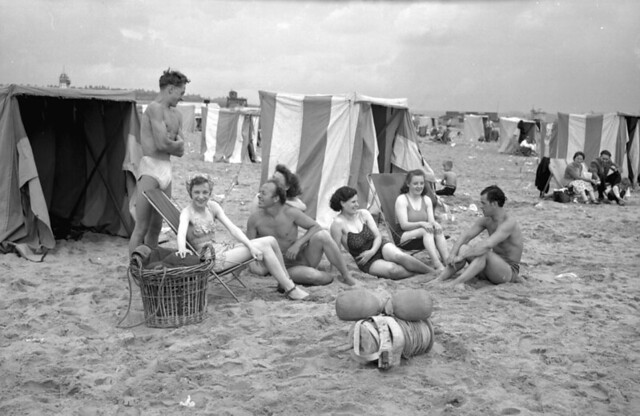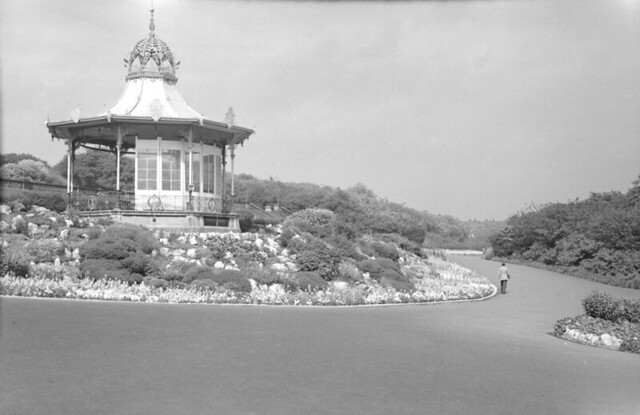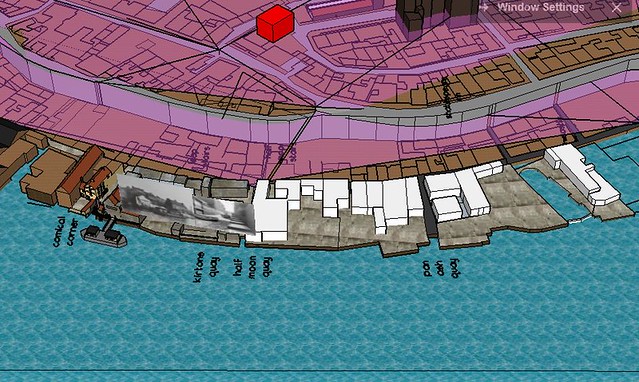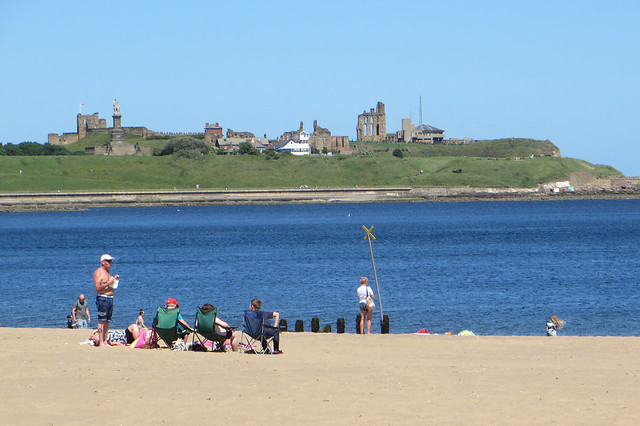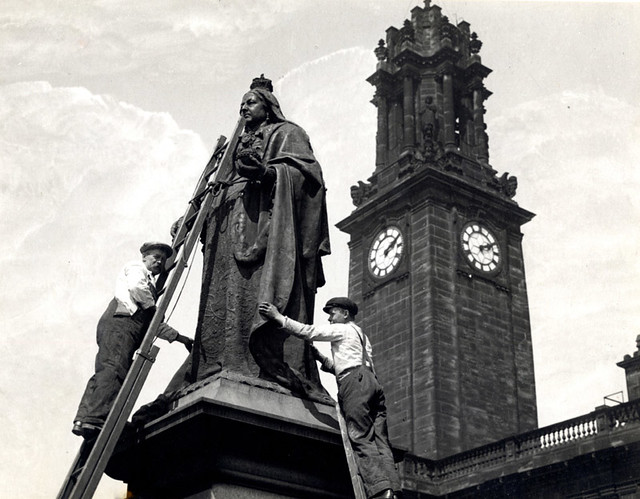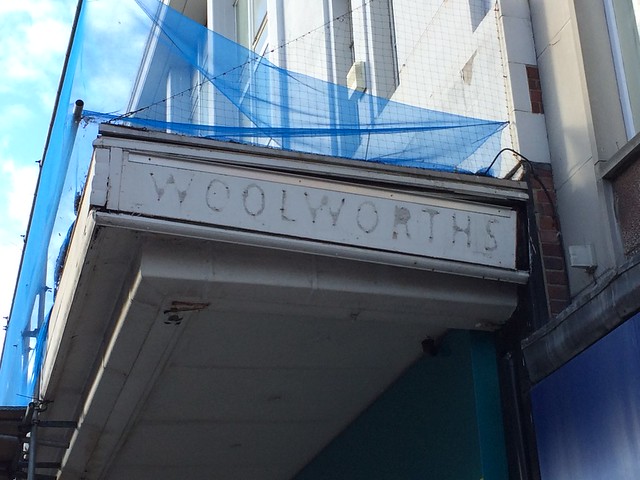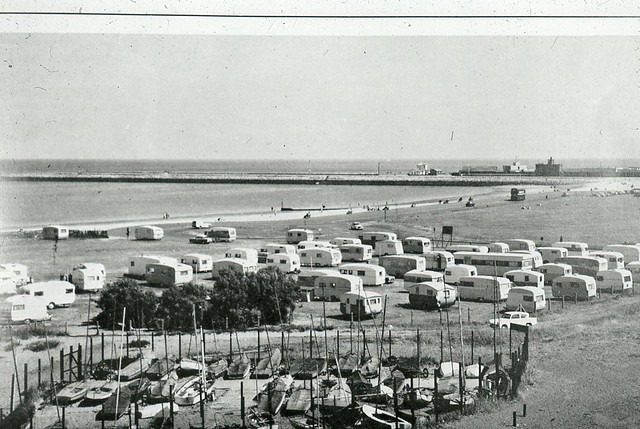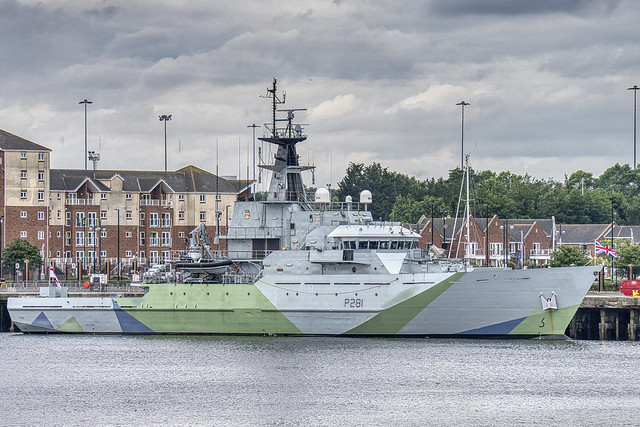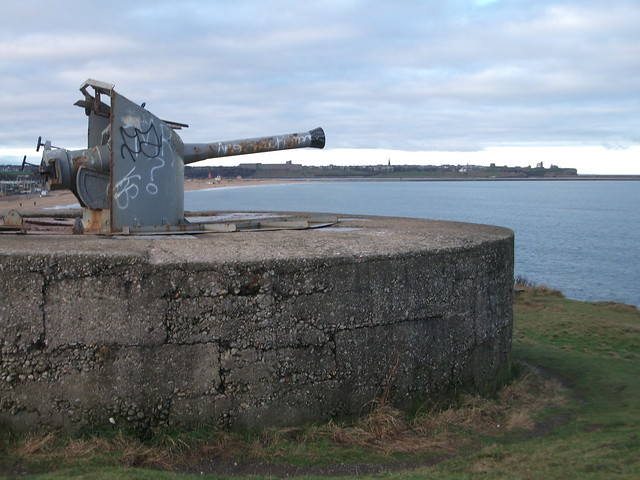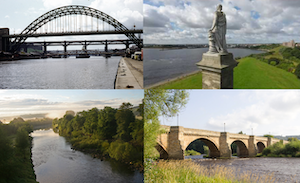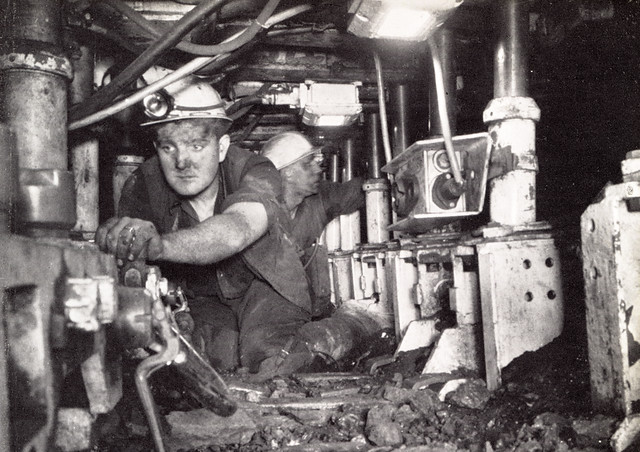Topics > Tyne and Wear > South Tyneside > South Shields
South Shields
 South Shields is a coastal town in South Tyneside at the mouth of the River Tyne, about 4.8 miles downstream from Newcastle. During the Roman occupation of Britain the Arbeia Roman Fort was built at South Sields. St Hilda founded a monastery in c.647 (on the site of the present-day Church of St Hilda, by the Market Place). The current town first developed as a fishing port in 1245; the town's name derives from the 'Schele' or 'Shield'(a small dwelling used by fishermen). The town grew rapidly in the 19th century with the development of coal mining, alkaline production and glass making. South Shields slopes gently from Cleadon Hills down to the river and has six miles of coastline with extensive beaches, The Leas - grassy areas above Magnesian Limestone cliffs, including a National Trust protected area, and Marsden Bay - with its famous Marsden Rock and historic Grotto.
South Shields is a coastal town in South Tyneside at the mouth of the River Tyne, about 4.8 miles downstream from Newcastle. During the Roman occupation of Britain the Arbeia Roman Fort was built at South Sields. St Hilda founded a monastery in c.647 (on the site of the present-day Church of St Hilda, by the Market Place). The current town first developed as a fishing port in 1245; the town's name derives from the 'Schele' or 'Shield'(a small dwelling used by fishermen). The town grew rapidly in the 19th century with the development of coal mining, alkaline production and glass making. South Shields slopes gently from Cleadon Hills down to the river and has six miles of coastline with extensive beaches, The Leas - grassy areas above Magnesian Limestone cliffs, including a National Trust protected area, and Marsden Bay - with its famous Marsden Rock and historic Grotto.The first settlers of the South Shields area were the Brigantes, although there is no evidence they built a settlement at South Shields. The Romans built a fort there to help supply Hadrian's Wall. Many ruins still exist today. The fort was abandoned as the empire declined.
In the 6th century, northeast England became a centre of educations as part of the Kingdom of Northumbria. The Vikings raided the area in the 9th century, establishing settlements and controlling most of northern England.
The town was founded in 1245, and developed as a fishing port. Salt-panning became began in 1499. During the Civil War, parliament's Scottish allies captured the town, leading the royalists to flee south, leading to the Battle of Boldon Hill.
In the Victorian era, coal mining led to a boom in the town, increasing from 12,000 in 1801 to 75,000 by the 1860s. The rapid growth made sanitation a problem. In the 1850s, shipbuilding became a prominent industry.
Zeppelin airships attacked the town in World War I, and Nazi air raids caused damage and death in World War II. Throughout the 20th century, industry declined and services and tourism played an increasing role in the economy.
Foundation and Roman Times
The earliest inhabitants of the area were the Brigantes, a strong and fiercely independent Briton tribe however there is no evidence to suggest they built a settlement where the present day town now stands. It was John Leland in the 16th century who first suggested the town had been known as 'Caer Urfa.' The Brythonic word 'Caer' meaning a fortified place or seat of royal power, 'Urfa' is suggested to be a simple corruption of 'Vide Infra' the Aramaic name for the Roman stronghold.
A large Roman fort has been excavated in South Shields on the Lawe Top, overlooking the River Tyne; it has been the setting for an investigation by the Channel 4 archaeological television programme Time Team. Founded c. AD 120 the fort is mentioned in The Notitia Dignitatum (a list of forts and bases compiled in the 4th century) where it is referred to as Arbeia. Arbeia, meaning "place of the Arabs" (one of the garrisons being Tigris Boatmen from modern day Iraq), was intended as the maritime supply fort for Hadrian's Wall, and contains the only permanent stone-built granaries yet found in Britain. It was occupied until the Romans left Britain in the 5th century. A Roman gatehouse and barracks have been reconstructed on their original foundations, while a museum holds artefacts such as an altarpiece to a previously unknown god, and a Roman-era gravestone set up by a native Palmyrene to his freedwoman and wife, a Briton of the Catuvellauni tribe. There is also a tablet with the name of the emperor Alexander Severus (died 235) chiselled off.
The fort was at the end of a road named Wrekendike, connected to a larger road which led between Newcastle (Pons Aelivs) and Chester-Le-Street (Congangis); parts of this road are still visible in Wrekenton near Gateshead. The Romans also built a small wharf in nearby Marsden Bay for the purposes of loading sandstone from a quarry. The wharf's remnants are still extant, although time and tide have left little to see. Arbeia was abandoned by the Romans c. 400, when Emperor Honorius informed the people of Britain that they must look to their own country's defence. One of the many peoples to take advantage of the Roman Empire's collapse were the Anglo-Saxons.
Dark Ages
Britain in the 6th century is often considered a confused and violent place, the Romans taking their laws, gods and legions with them, when they left. However, the north east of England became a centre of learning and education, a beacon of light throughout Europe. King Oswald of Northumbria united the kingdoms of Bernicia to the north of the River Humber and Deira to the South creating the powerful and influential Kingdom of Northumbria. In AD 647 King Oswy of Northumbria (Oswald's Brother) at the request of St. Aidan allowed a monastery to be built. The site today is in the very town centre of South Shields and is named St. Hilda's Church although the original Anglo-Saxon building is but a remnant under the present Norman nave. St. Hilda's was one of many monastic institutions along the coast of north east England including Jarrow, where the Venerable Bede lived and worked.
C. AD 865 the monastery at St. Hilda's was raided by the Vikings . However the Vikings or Danes weren't just raiders; they created settlements, brought new customs, laws and Gods, effectively controlling all of northern England. This form of government was known as the Danelaw. The Anglian (or Danish) influence can be seen to this day; the Geordie accent which contains words of Danish origin and has many more Anglo-Saxon pronunciations than standard English.
Middle Ages
In 1100 the Normans built St Hilda's church where the nunnery once stood, in the town's market place. The church remains one of the oldest churches in the UK.
The first reference to 'Scheles' (fishermens' huts) occurs in 1235, and the town proper was founded by the Prior and Convent of Durham in 1245 . On account of the complaints of the burgesses of Newcastle upon Tyne, an order was made in 1258, stipulating that no ships should be laden or unladen at Shields, and that no shoars or quays should be built there. However, South Shields subsequently developed as a fishing port.
Salt panning along the Tyne began in 1499 and achieved major importance; Daniel Defoe speaks of the clouds of smoke being visible for miles, while a witness in 1743 mentions two hundred boiling-pans. Glass manufacturing was begun by Isaac Cookson in the 1730s and there were eight glass works by 1827 . Coal mining and chemical manufacture also became important. South Shields had the largest alkali works in the world.
In 1644, during the English Civil War, Parliament's Scottish allies under Alexander Leslie, 1st Earl of Leven laid siege to Newcastle upon Tyne and captured the watch tower on the Lawe Top at South Shields, (Sunderland declared for Parliament and invited the Scottish army in). The Royalist forces retreated to the south but turned to fight at the small town of Boldon (half way between South Shields and Sunderland), the ensuing battle is known as the Battle of Boldon Hill and was a victory for the Scots who later destroyed the rest of the Royalist army at the Battle of Marston Moor.
19th century
Following the Reform Act of 1832, championed by Lord Grey and the Whigs, County Durham was able to return two members for two divisions, and the boroughs of Gateshead and South Shields acquired representation.
The coal industry flourished in Victorian times, drawing immigrants from far and wide. In South Shields the population soared from approximately 12,000 in 1801 to 75,000 by the late 1860s. Collieries in South Shields included:
- Templetown (1805–1826)
- St. Hilda's (1810–1940)
- West Harton (1844–1969)
- Boldon (1869–1982)
- Marsden (1879–1968)
- Whitburn (1879–1968)
- Westoe (1909–1993)
Coal mining was very hazardous. Shafts could collapse at any time and before the safety lamp was invented in 1815 naked flames carried by miners to light their way could ignite gas underground causing explosions and many deaths. Some mines even had shafts that stretched several miles out under the sea.
Overcrowding in the town made sanitation a problem, partly solved by Cleadon Water Pumping Station (a large tower erected in 1858 above the town following an outbreak of cholera).
South Shields' place at the mouth of the Tyne with shifting and unpredictable sand bars and channels into the river meant that ships frequently ran aground. Following one such incident the world's first self-righting lifeboat was designed by William Wouldhave in 1790.
In the 1850s, with the Tyne's growing shipbuilding industry and the mouth of the Tyne. South and North Shields needed to stop the flow of sand that threatened shipping. In 1854 the first foundations were laid of the North and South Piers. They were both completed in 1885.
An engineering problem was encountered in managing the new piers. The sand on Littlehaven Beach was now flowing up the Tyne through the incoming tide. As a solution the Herd Groyne Pier was erected in 1882.
South Shields-born Charles Palmer opened his shipyard in 1851 at Jarrow, at first building wooden ships and then moving onto iron. His shipyard patented rolled armour-plate for warships. In 1865 Alderman John Readhead founded his shipyard John Readhead & Sons in South Shields, which built small cargo ships and colliers for clients the world over until the yard was closed in 1968. Various slipways and dry docks can still be seen today stretching from Tyne Dock towards the mouth of the Tyne.
Turner made an engraving of Shields on the River Tyne in 1823. This is now in Tate Britain in London. He also painted Keelmen Hauling Coals by Night in 1835, having himself rowed out into the Tyne at Jarrow Slake in order to do so.
The town became famous for its maritime industries and the Marine School was founded by Dr. Thomas Winterbottom in 1837. Originally in Ocean Road, it is now part of South Tyneside College in Westoe Village and has an international reputation. From the late 1980s to 2008 it possessed the nationally unique combined public observatory and planetarium, which has provided education and entertainment for twenty thousand children a year. During the industrial boom years of the 19th and early 20th centuries, many notable public buildings were built across the town, reflecting its wealth. These included the town hall of 1910, and the Customs House.
South Shields was incorporated as a municipal borough in 1850 under the Municipal Corporations Act 1835. It became a county borough in 1889 with the passing of the Local Government Act 1888, and remained as such until 1974 when it became part of the Metropolitan Borough of South Tyneside in the (now former) county of Tyne and Wear.
The Shields Gazette, founded in 1849, is the oldest provincial evening newspaper in the United Kingdom.
20th century
In 1908-1909, The Harton Coal Company (which by this time owned all of the collieries in South Shields and the surrounding area, as well as the Marsden limestone quarries) embarked on a scheme to almost completely electrify their collieries, both above and below ground, including the network of lines connecting the collieries at St. Hilda, Harton and Westoe(then known as Benthouse) to staithes on the river. Wagons of coal from Boldon and Whitburn were steam-hauled to sidings in the town, where they could be collected by electric locomotives. Siemens carried out the electrification work, as well as supplying the locomotives for use on the electrified sections of the railway. When this work was completed, the electricity used by the HCC at the five collieries amounted to around 6% of that available to the coal industry as a whole, which for a time made it one of the largest single users of electricity in the entire country. The last of the "Harton Electrics" were retired in 1989. Four of the locomotives are preserved: E4 at the Stephenson Railway Museum, E2 at Beamish Museum, with E10 and the AEG-built E9 at the Tanfield Railway. The Rattler pub on the seafront is named after the passenger service run primarily for miners by the HCC between Westoe Lane Station and Whitburn Colliery, using a motley collection of second-hand rolling stock, which gave a very rough ride and resulted in its rather unflattering nickname. Most of the trackbed of the colliery railway has either been built on or turned into footpaths.
The impressive South Shields Town Hall of 1910 bears a copper weather vane in the form of a galleon. The town's crest (pre-1974) featured the lifeboat and the associated motto - Always Ready - which was later adopted as the motto of South Tyneside.
Zeppelin airships raided the Tyne in World War I and the town's seafront amusement park was attacked in 1915. In World War II, South Shields suffered well over 200 air raid alerts and 156 people were killed. Many houses were damaged, particularly by incendiary bombs and parachute mines. One direct hit on the market place killed more than 40 people who had taken shelter in tunnels below the square. There was a memorial to them in the form of a cobbled Union Flag on the ground of the market square, however, this was removed as part of an overhaul of the town centre in the late 1990s.
South Shields lost more seafarers than any other port in Britain during World War II.
The celebrated artist L S Lowry spent frequent periods at the Seaburn Hotel in Sunderland, and painted a number of works in South Shields.
In 1977 the town was visited by boxer Muhammad Ali, whose wedding was blessed in the local mosque at Laygate. The visit has since been the subject of a BBC documentary. Ali visited the town after receiving an invitation from a local boys' boxing club.
On 1 September 1987, Johnny Cash performed an open-air concert at Bents Park. Recently a 'lost' interview was discovered, the only interview granted by Cash just before this show.
South Shields has undergone significant economic change in the light of de-industrialisation. Service industries, including tourism and retail, play an increasing role in the economic make-up of the town and indeed across the wider area.
Visit the page: History of South Shields for references and further details. You can contribute to this article on Wikipedia.

from Newcastle libraries (flickr)
071358:Market Place South Shields unknown c.1910
Pinned by Co-Curate Team
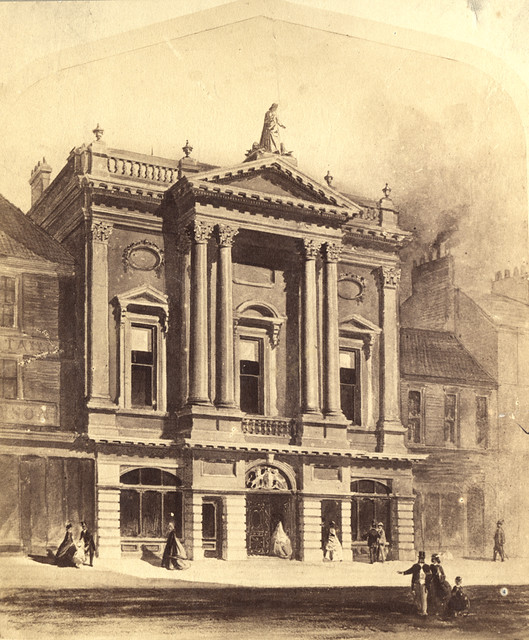
from Newcastle libraries (flickr)
002377:Theatre Royal South Shields Unknown c.1890?
Pinned by Co-Curate Team
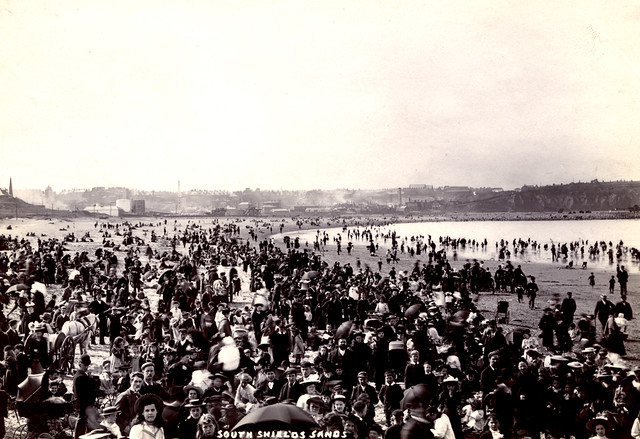
from Newcastle libraries (flickr)
071357:Sands South Shields unknown c.1910
Pinned by Co-Curate Team
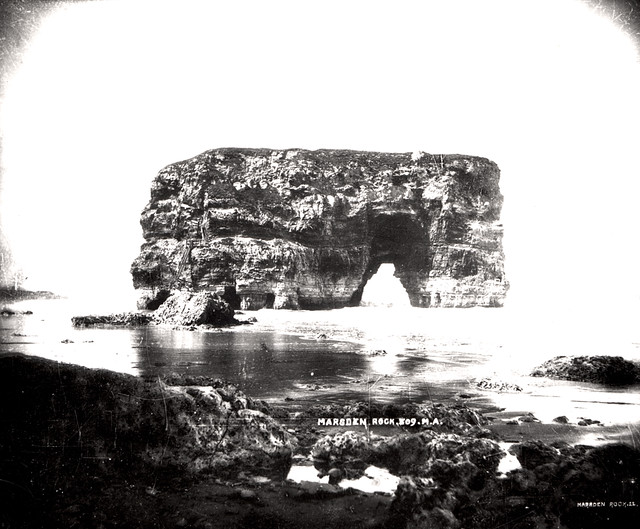
from Newcastle libraries (flickr)
026437:Marsden Rock South Shields unknown c.1890
Pinned by Co-Curate Team
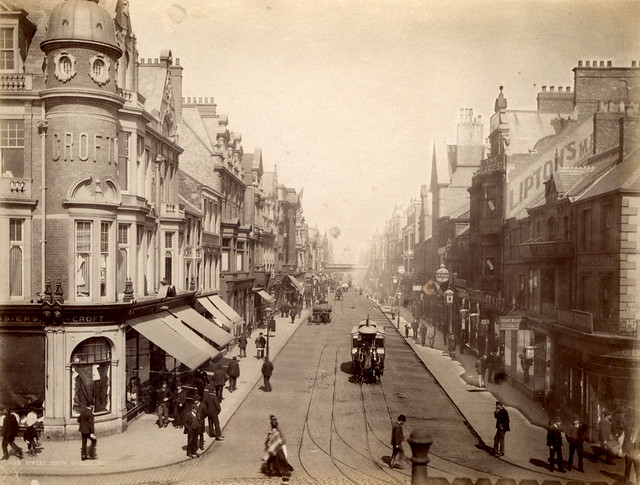
from Newcastle libraries (flickr)
065010:King Street South Shields unknown c.1890
Pinned by Co-Curate Team

from Newcastle libraries (flickr)
030561:Marsden Grotto South Shields unknown 1937
Pinned by Simon Cotterill

from Youtube (youtube)
Laygate - South Shields - Pics from the 50's & 60's (PT2)
Pinned by Simon Cotterill
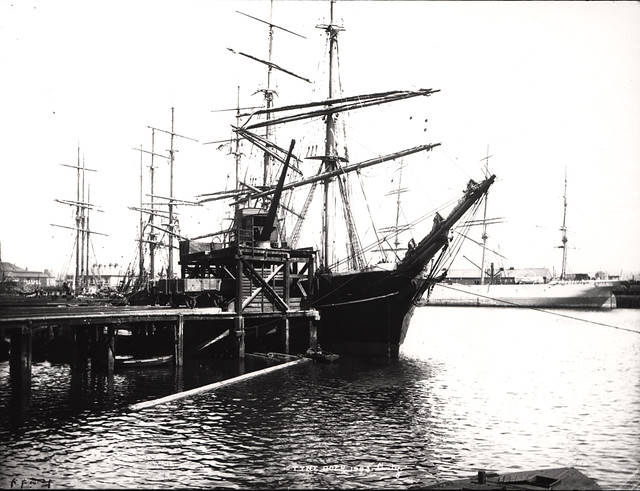
from Newcastle libraries (flickr)
025196:Staiths South Shields unknown c.1890
Pinned by Simon Cotterill
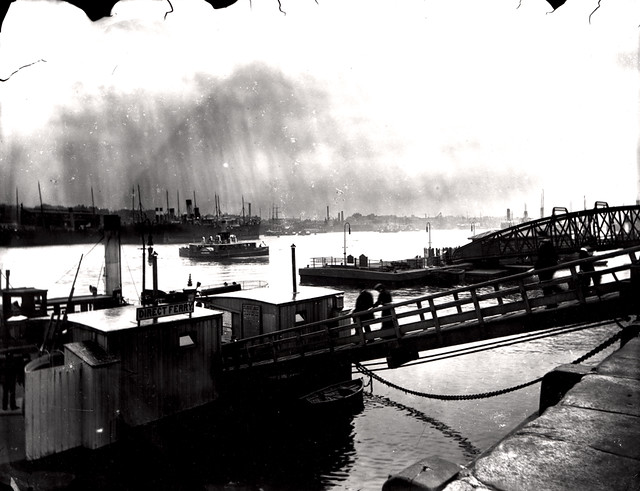
from Newcastle libraries (flickr)
029862:Ferry Landing Stage South Shields unknown c.1925
Pinned by Simon Cotterill
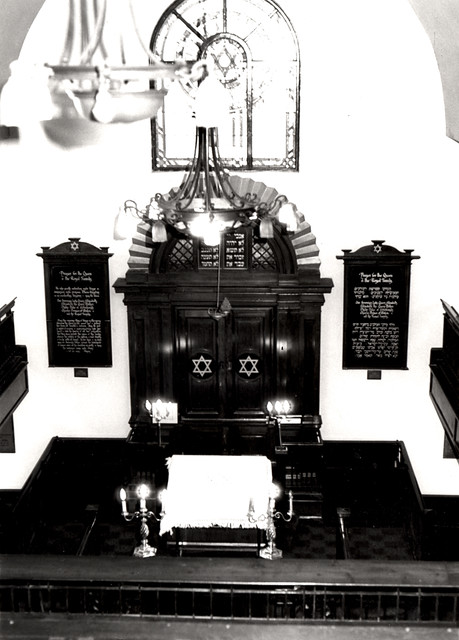
from Newcastle libraries (flickr)
049114:The Ark Synagogue South Shields unknown 1933
Pinned by Simon Cotterill
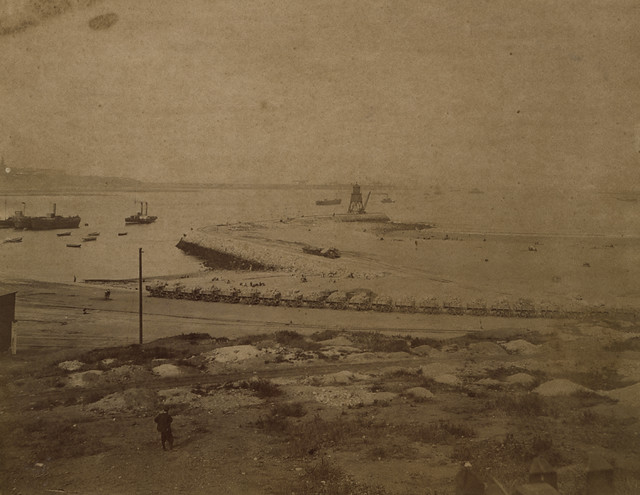
from Newcastle libraries (flickr)
065013:The Groyne Lighthouse South Shields unknownc.1900
Pinned by Simon Cotterill
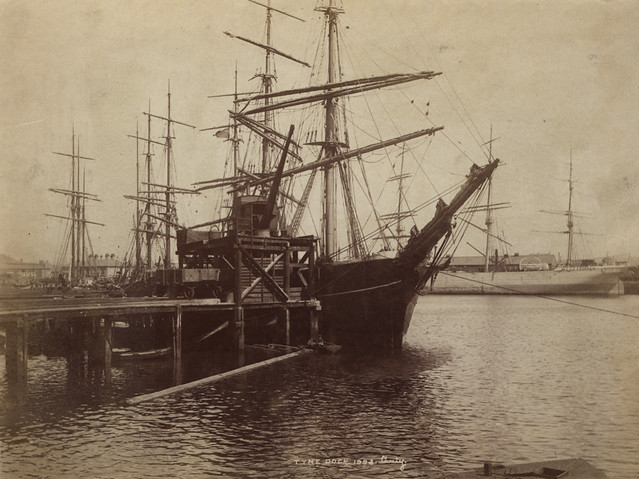
from Newcastle libraries (flickr)
065018:Tyne Dock South Shields Auty c.1900
Pinned by Simon Cotterill
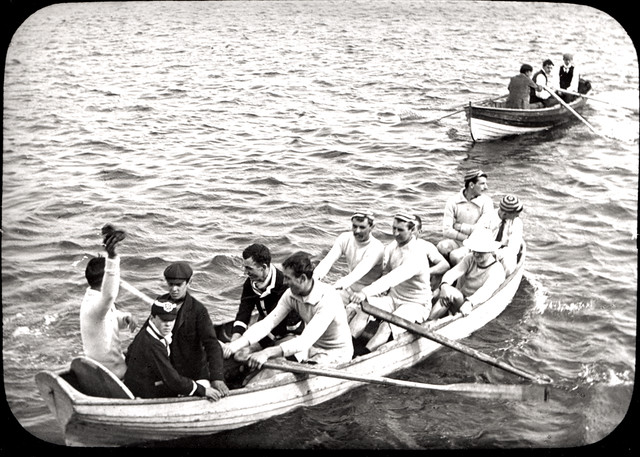
from Newcastle libraries (flickr)
062996:Rowing Club South Shields unknown c.1910
Pinned by Simon Cotterill

from Newcastle libraries (flickr)
065013:The Groyne Lighthouse, South Shields, c.1900
Pinned by Simon Cotterill
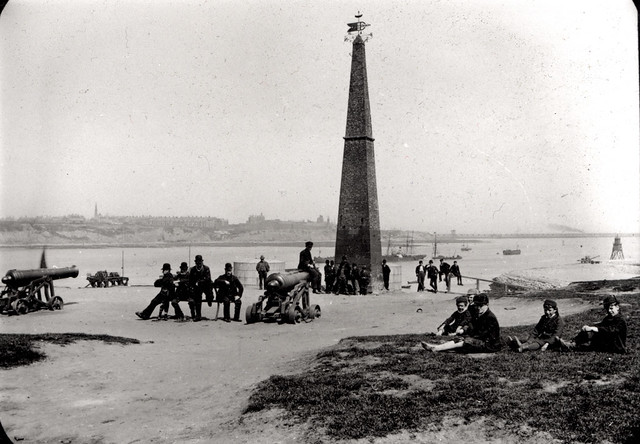
from Newcastle libraries (flickr)
062772:The Beacon South Shields Parry c.1910
Pinned by Simon Cotterill

from Newcastle libraries (flickr)
046943:Avenue Hotel South Shields unknown 1949-50
Pinned by Simon Cotterill
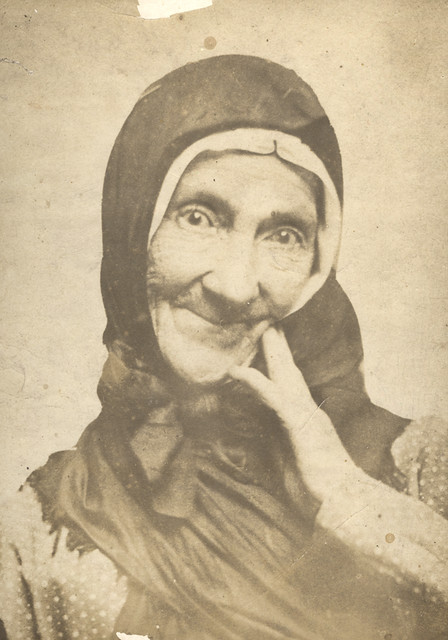
from Newcastle libraries (flickr)
051630:Dolly Peel South Shields Unknown Undated
Pinned by Simon Cotterill
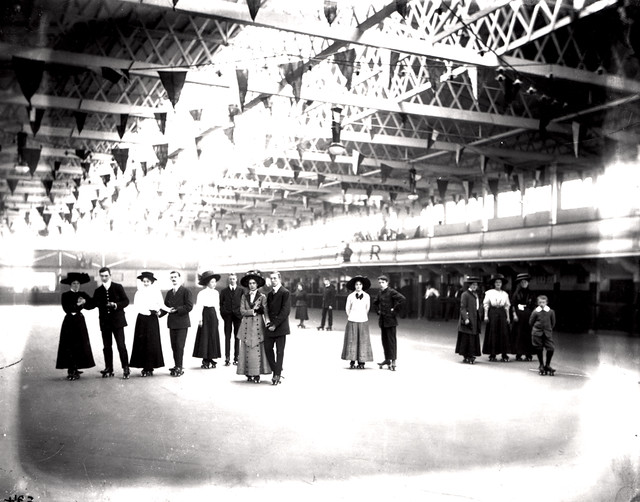
from Newcastle libraries (flickr)
029860:Ice Skating South Shields unknown c.1910
Pinned by Simon Cotterill
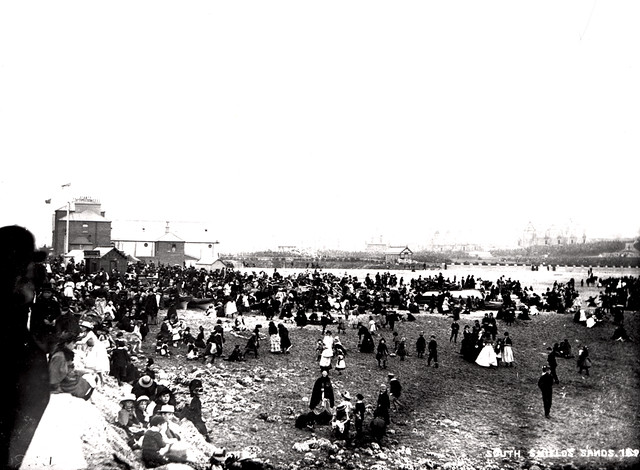
from Newcastle libraries (flickr)
028713:Sands South Shields unknown c.1890
Pinned by Simon Cotterill
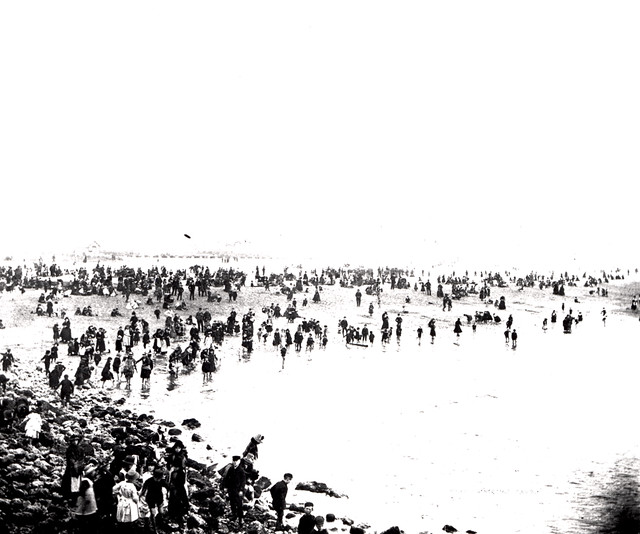
from Newcastle libraries (flickr)
026224:Sands South Shields unknown c.1890
Pinned by Simon Cotterill
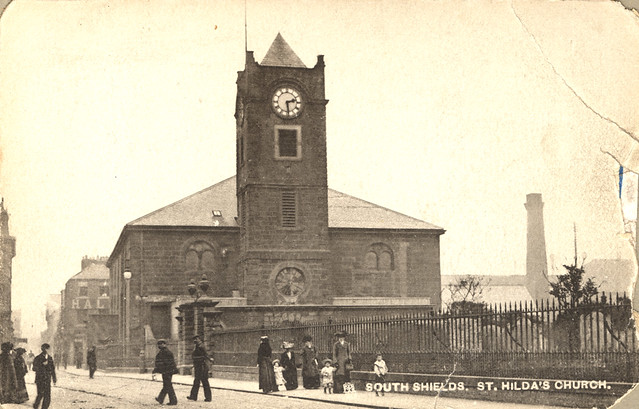
from Newcastle libraries (flickr)
011720:St. Hilda's Church South Shields unknown c.1910
Pinned by Simon Cotterill
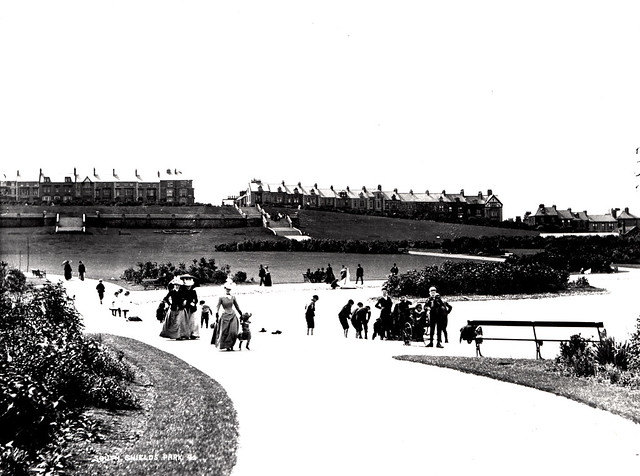
from Newcastle libraries (flickr)
024972:Marine Park South Shields unknown c.1890
Pinned by Simon Cotterill

from Newcastle libraries (flickr)
055961:Tram South Shields unknown c.1946
Pinned by Simon Cotterill
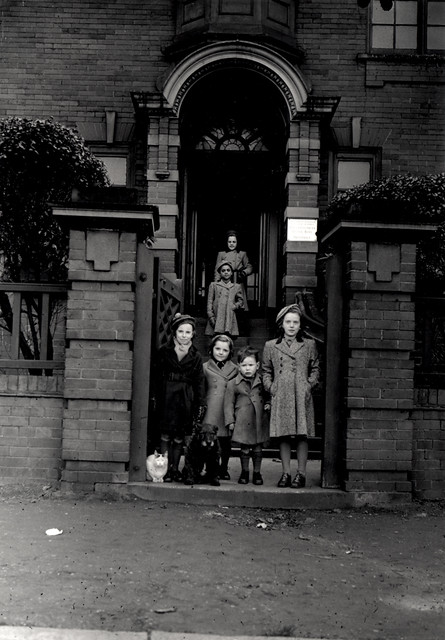
from Newcastle libraries (flickr)
046948:Poor Childrens' Holiday Association Home South Shields unknown 1949-60
Pinned by Simon Cotterill
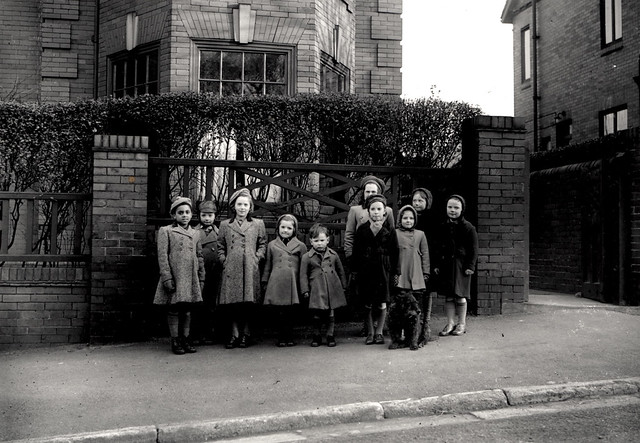
from Newcastle libraries (flickr)
046947:Poor Children's Holiday Association Home, South Shields, 1949-50
Pinned by Simon Cotterill
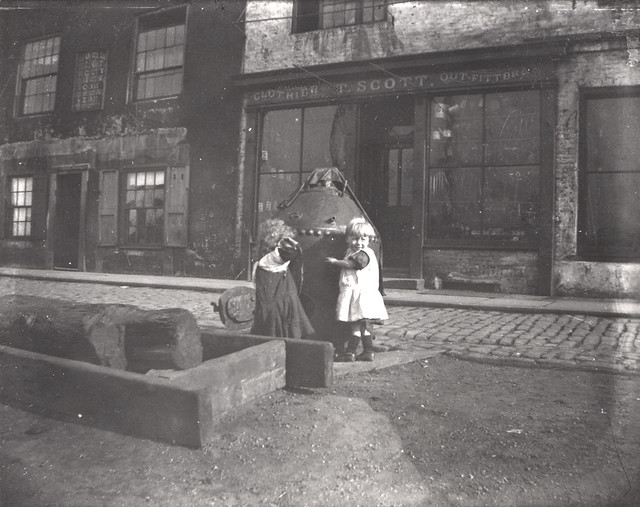
from Newcastle libraries (flickr)
049765:John Williamson Street South Shields unknown late 1890s
Pinned by Simon Cotterill
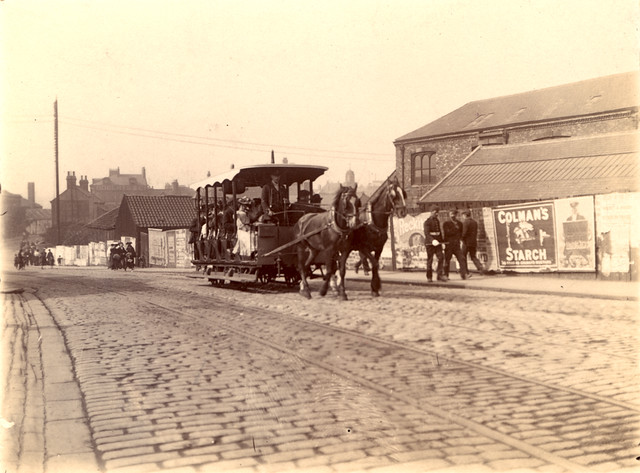
from Newcastle libraries (flickr)
035438:Horse-drawn tram Station Road South Shields Unknown 1879
Pinned by Simon Cotterill

from Newcastle libraries (flickr)
029859:Wouldhare Memorial South Shields unknown c.1910
Pinned by Simon Cotterill
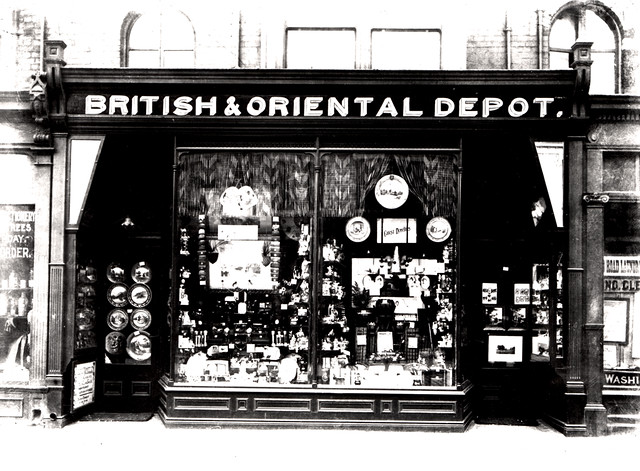
from Newcastle libraries (flickr)
028036:British and Oriental Depot South Shields unknown c.1900
Pinned by Simon Cotterill
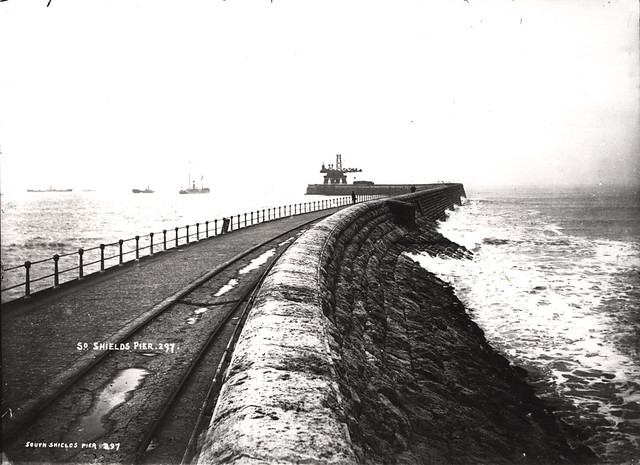
from Newcastle libraries (flickr)
028714:Pier South Shields unknown c.1890
Pinned by Simon Cotterill
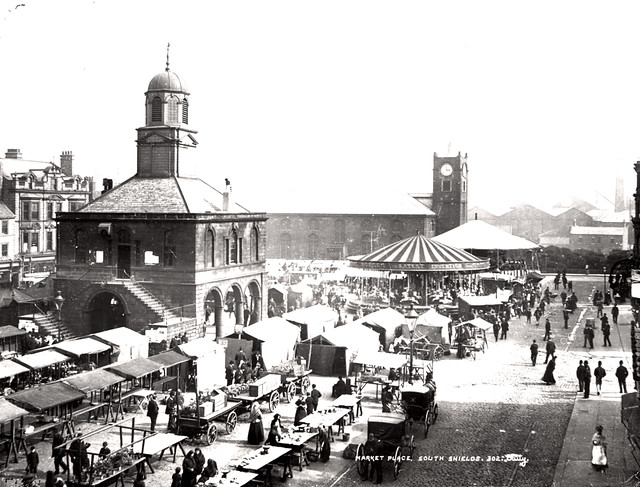
from Newcastle libraries (flickr)
025901:Market Place South Shields Auty c.1890
Pinned by Simon Cotterill

from Newcastle libraries (flickr)
011533:Town Hall South Shields unknown 1917
Pinned by Simon Cotterill
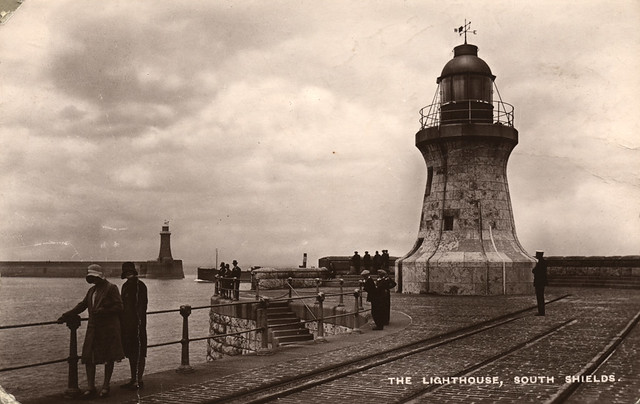
from Newcastle libraries (flickr)
011527:The Lighthouse South Shields Unknown c.1930
Pinned by Simon Cotterill
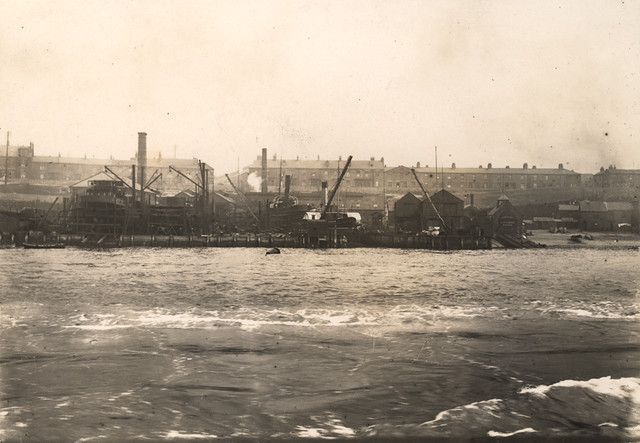
from Newcastle libraries (flickr)
002391:Rennoldson's shipyard South Shields 1914
Pinned by Simon Cotterill
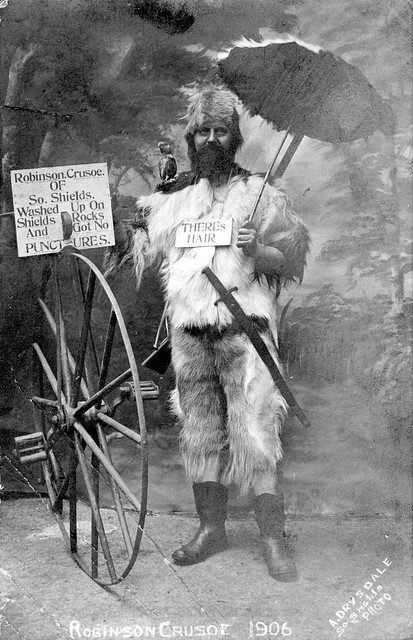
from Beamish (flickr)
Portrait of a man dressed up as Robinson Crusoe of South Shields
Pinned by Simon Cotterill
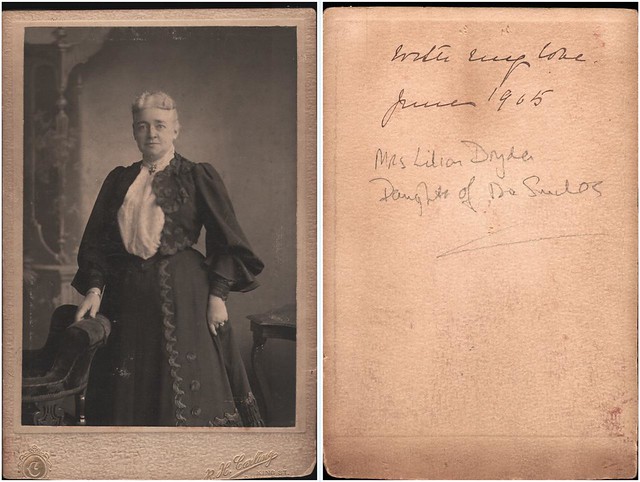
from Flickr (flickr)
Mrs Lilian Dryden, daughter of Samuel Smiles, by Carling, South Shields, June 1905
Pinned by Simon Cotterill
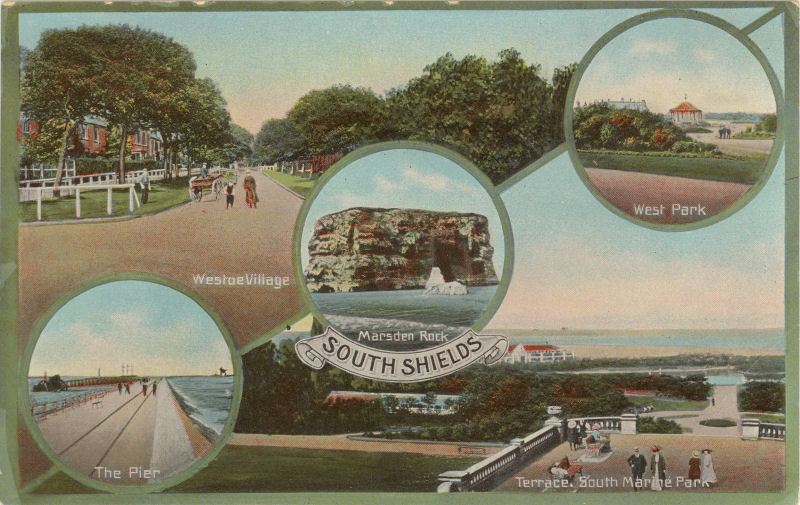
from http://picturesofgateshead.co…
South Shields
- Postcard "Printed in Germany for Jackson & Son of Grimsby in their Jay Em Jay Series [no: 77970]" From 'Pictures of Gateshead and the Surrounding Area' by Andy Williamson. The …
Added by
Simon Cotterill
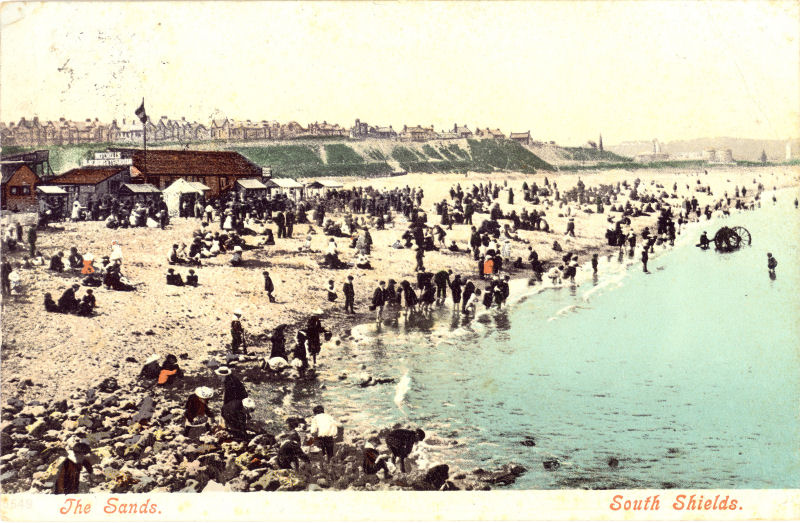
from http://picturesofgateshead.co…
The Sands, South Shields
- "Posted from North Shields to Cardiff, 13th December 1903". Postcard from 'Pictures of Gateshead and the Surrounding Area' by Andy Williamson. The images may be used for non-commercial purposes, subject …
Added by
Simon Cotterill
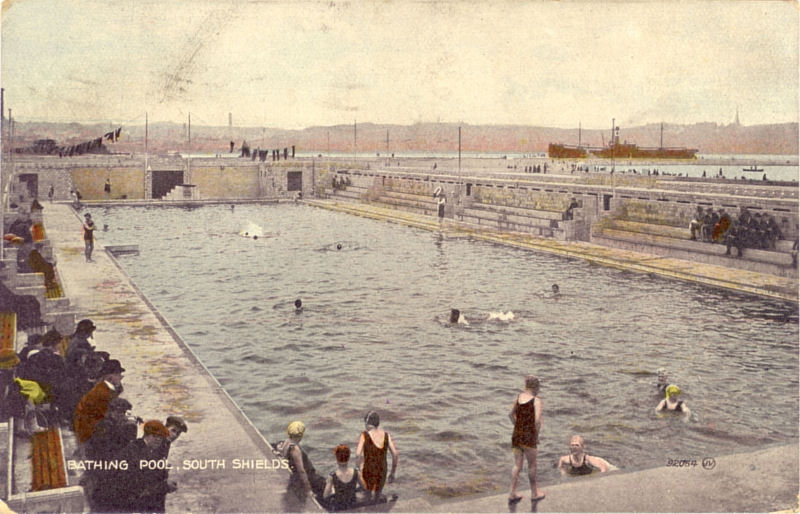
from http://picturesofgateshead.co…
Bathing Pool, South Shields
- "Posted (with insufficient postage) to Canada. Valentine's Colourtone Series [no: 92054]". Postcard from 'Pictures of Gateshead and the Surrounding Area' by Andy Williamson. The images may be used for non-commercial …
Added by
Simon Cotterill
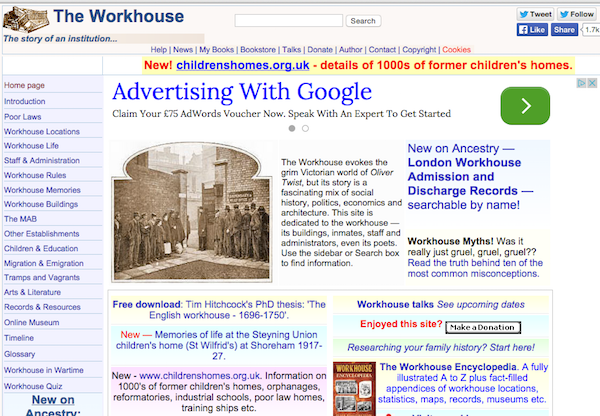
from http://www.workhouses.org.uk/…
The Workhouse - South Shields
- "In a parliamentary report of 1776, South Shields was listed as having a workhouse with accommodation for 50 inmates....The South Shields Poor Law Union was formed on 10th December 1836.... …
Added by
Simon Cotterill
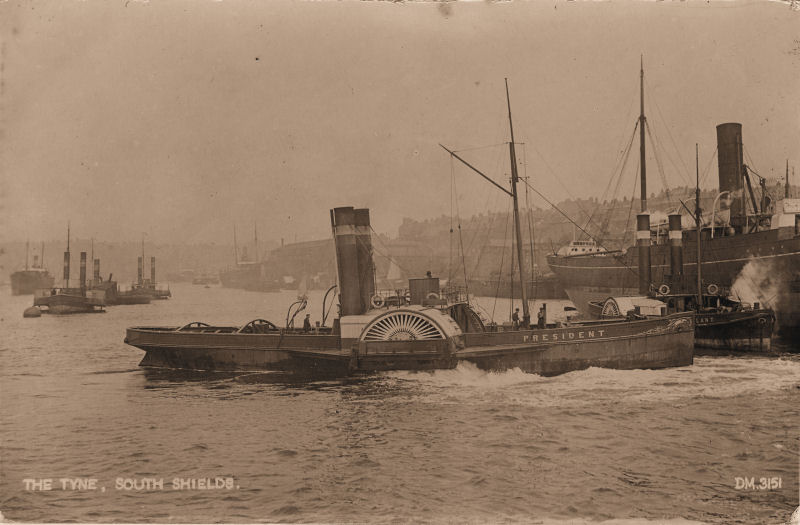
from http://picturesofgateshead.co…
The Tyne, South Shields
- "Published in A&G Taylor of London in their Reality Series [no: DM.3151]" Postcard from 'Pictures of Gateshead and the Surrounding Area' by Andy Williamson. The images may be used for …
Added by
Simon Cotterill
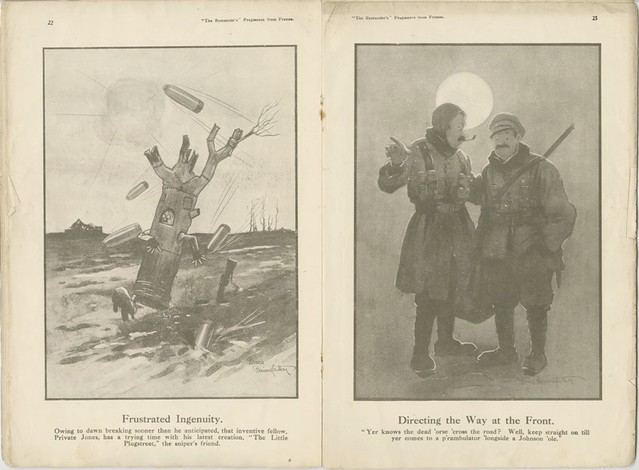
from TWAM (flickr)
South Shields Museum and Art Gallery during the First World War
Pinned by Simon Cotterill
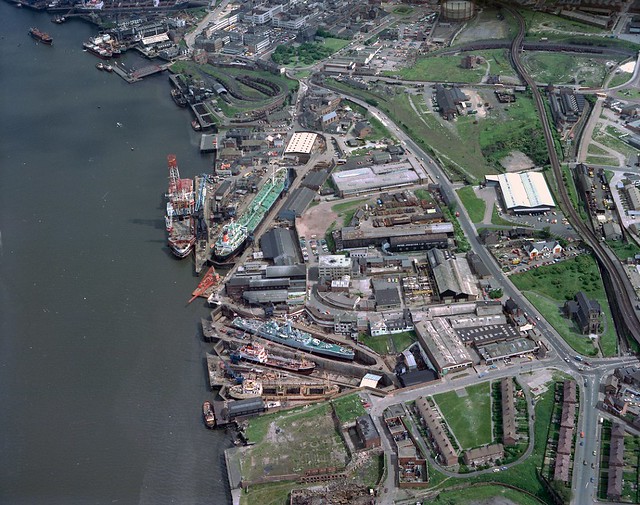
from TWAM (flickr)
Middle Docks and Engineering Company, South Shields, 1976
Pinned by Simon Cotterill

from TWAM (flickr)
Manoeuvring prefabricated sections at Readhead's shipyard
Pinned by Simon Cotterill

from Flickr (flickr)
Image taken from page 644 of 'The Local Historian's Table Book of remarkable occurrences, historical facts, traditions, legendary and descriptive ballads, connected with the Counties of Newcastle-upon-Tyne, Northumberland, and Durham. Historical Division.
Pinned by Simon Cotterill
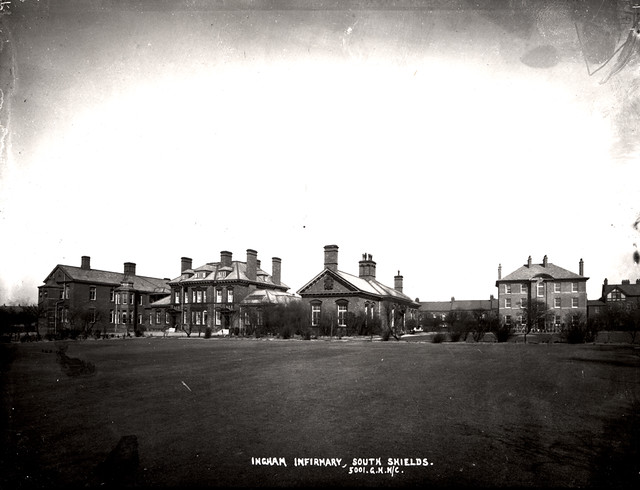
from Newcastle libraries (flickr)
024266:Ingham Infirmary South Shields unknown c.1900
Pinned by Simon Cotterill
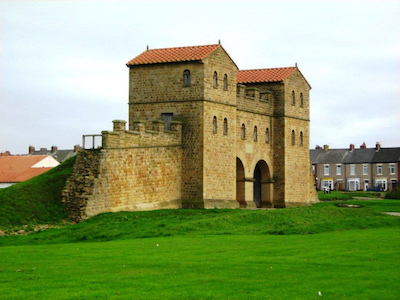
Co-Curate Page
Arbeia - Roman Fort
- Overview About Arbeia Map Street View The fort stood on the Lawe Top in South Shields, overlooking the River Tyne. It was built around 120 AD, guarded the main sea …
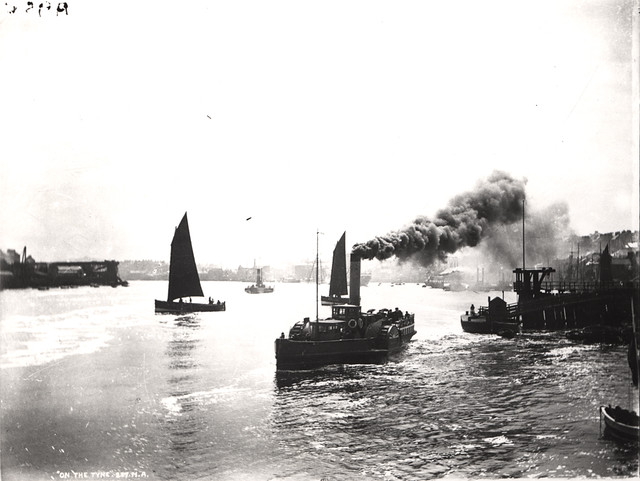
Co-Curate Page
Shields Ferry
- Overview About Shields Ferry Map There have been ferries to cross the River Tyne since the 14th century, particularly where the river is deep and wider towards the mouth of …
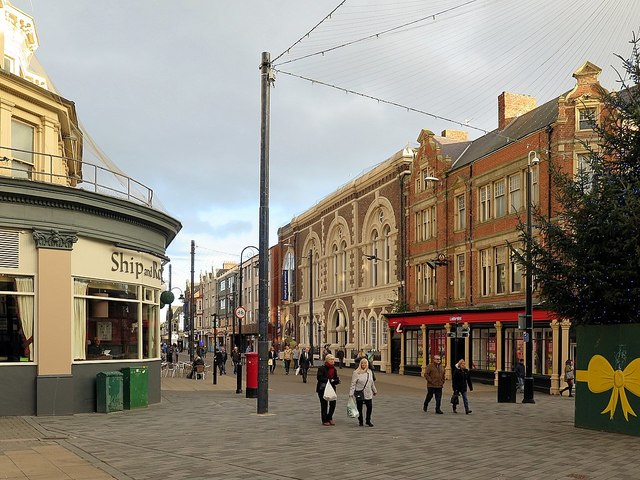
Co-Curate Page
South Shields Museum & Art Gallery
- About the Museum Map Street View "The museum is spread over two floors telling the story of the borough's social, industrial and maritime history from 4,000 years ago to the …
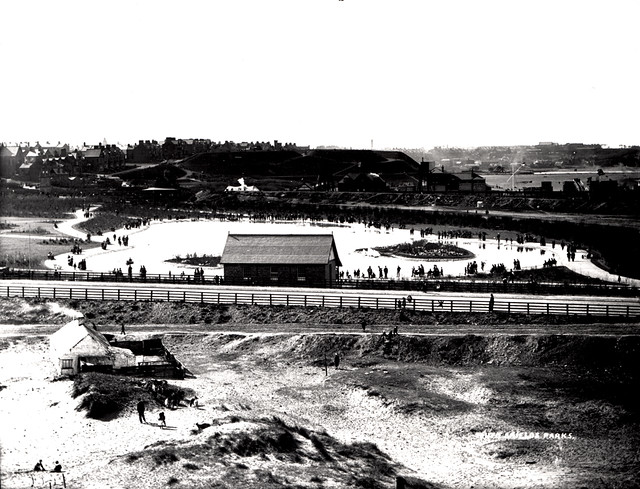
from Newcastle libraries (flickr)
024862:Marine Park South Shields unknown c.1900
Pinned by Simon Cotterill
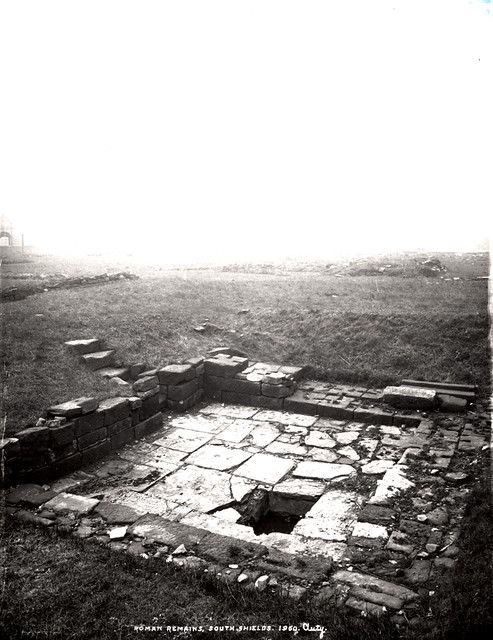
from Newcastle libraries (flickr)
025191:Roman Remains South Shields Auty c.1910
Pinned by Simon Cotterill
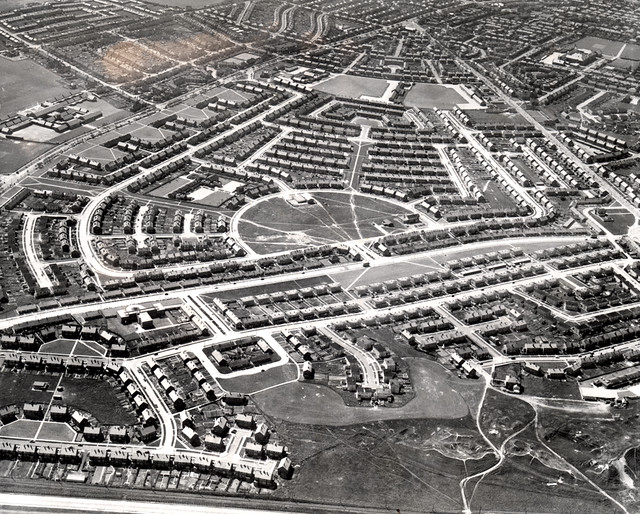
from Newcastle libraries (flickr)
011913:Marsden Estate South Shields unknown 1962
Pinned by Simon Cotterill
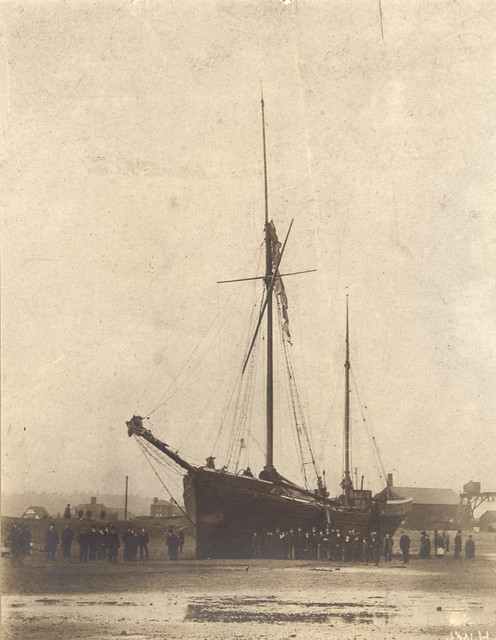
from Newcastle libraries (flickr)
002393:Ship ashore South Shields unknown c.1890
Pinned by Simon Cotterill
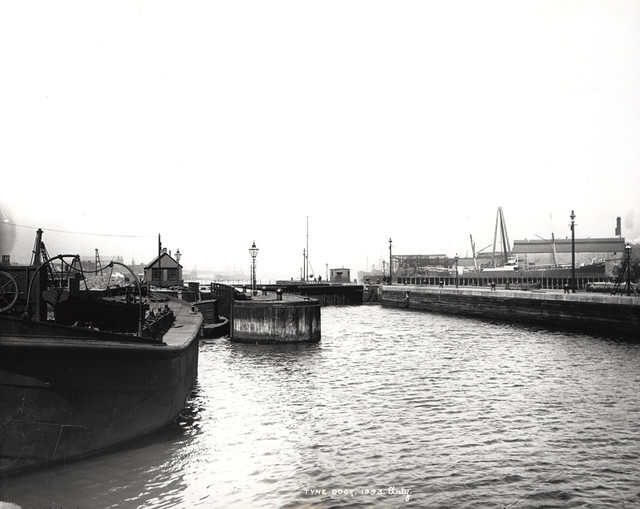
from Newcastle libraries (flickr)
054455:Tyne Dock South Shields Auty c.1890
Pinned by Simon Cotterill
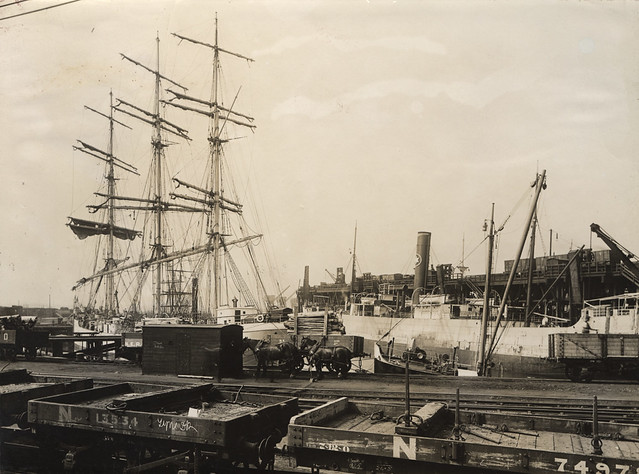
from Newcastle libraries (flickr)
054439:Tyne Dock South Shields unknown c.1900
Pinned by Simon Cotterill
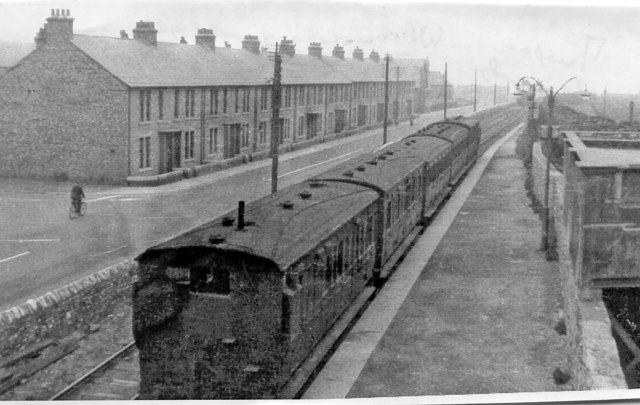
Co-Curate Page
South Shields, Marsden & Whitburn Colliery Railway
- Overview About the Railway South Shields, Marsden, and Whitburn Colliery Railway opened 1st May 1879[1] The South Shields, Marsden, and Whitburn Colliery Railway was a Whitburn Coal Company built twin …

from Youtube (youtube)
Ocean Beach Pleasure Park in South Shields. Tyne and Wear
Pinned by Simon Cotterill

from Youtube (youtube)
DJI Phantom 2 - The Groyne, Littlehaven Beach, South Shields
Pinned by Simon Cotterill

Co-Curate Page
Dolly Peel (1782-1857)
- Overview About Dolly Peel Dorethy (Dolly) Peel (1782–1857), from South Shields, hid on a Royal Navy ship after her husband and son were press-ganged into service, during the Napolionic Wars. …

Co-Curate Page
Catherine Cookson (1906 - 1998)
- Overview About Catherine Cookson Catherine Ann Cookson (née McMullen) was born in Tyne Dock, South Shields, later moving to Jarrow. Her family was very disadvantaged. Initially Catherine was a laundry …
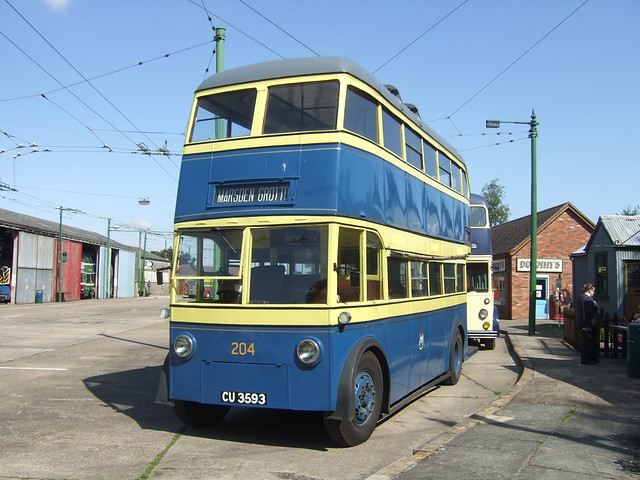
Co-Curate Page
South Shields Trolleybus System
- Overview About South Shields Trolleybuses The South Shields trolleybus system once served the town of South Shields, then in County Durham, but now in Tyne and Wear, England. Opened …

Co-Curate Page
Elinor M. Brent-Dyer (1894 - 1969)
- Overview About Elinor Brent-Dyer Elinor M. Brent-Dyer was an author who wrote over a 100 children's books including her "Chalet School" and "La Rochelle" series. She was born in South …

from Flickr (flickr)
South Shields. Market Cross by WHS Kingsway c1910 durham S 3303.
Pinned by Peter Smith

from Youtube (youtube)
Newcastle Area Only - Queen Visits Northumberland (1954)
Pinned by Simon Cotterill


from Newcastle libraries (flickr)
071358:Market Place South Shields unknown c.1910
Pinned by Co-Curate Team

from Newcastle libraries (flickr)
002377:Theatre Royal South Shields Unknown c.1890?
Pinned by Co-Curate Team

from Newcastle libraries (flickr)
071357:Sands South Shields unknown c.1910
Pinned by Co-Curate Team

from Newcastle libraries (flickr)
026437:Marsden Rock South Shields unknown c.1890
Pinned by Co-Curate Team

from Newcastle libraries (flickr)
065010:King Street South Shields unknown c.1890
Pinned by Co-Curate Team

from Newcastle libraries (flickr)
030561:Marsden Grotto South Shields unknown 1937
Pinned by Simon Cotterill

from Youtube (youtube)
Laygate - South Shields - Pics from the 50's & 60's (PT2)
Pinned by Simon Cotterill

from Newcastle libraries (flickr)
025196:Staiths South Shields unknown c.1890
Pinned by Simon Cotterill

from Newcastle libraries (flickr)
029862:Ferry Landing Stage South Shields unknown c.1925
Pinned by Simon Cotterill

from Newcastle libraries (flickr)
049114:The Ark Synagogue South Shields unknown 1933
Pinned by Simon Cotterill

from Newcastle libraries (flickr)
065013:The Groyne Lighthouse South Shields unknownc.1900
Pinned by Simon Cotterill

from Newcastle libraries (flickr)
065018:Tyne Dock South Shields Auty c.1900
Pinned by Simon Cotterill

from Newcastle libraries (flickr)
062996:Rowing Club South Shields unknown c.1910
Pinned by Simon Cotterill

from Newcastle libraries (flickr)
065013:The Groyne Lighthouse, South Shields, c.1900
Pinned by Simon Cotterill

from Newcastle libraries (flickr)
062772:The Beacon South Shields Parry c.1910
Pinned by Simon Cotterill

from Newcastle libraries (flickr)
046943:Avenue Hotel South Shields unknown 1949-50
Pinned by Simon Cotterill

from Newcastle libraries (flickr)
051630:Dolly Peel South Shields Unknown Undated
Pinned by Simon Cotterill

from Newcastle libraries (flickr)
029860:Ice Skating South Shields unknown c.1910
Pinned by Simon Cotterill

from Newcastle libraries (flickr)
028713:Sands South Shields unknown c.1890
Pinned by Simon Cotterill

from Newcastle libraries (flickr)
026224:Sands South Shields unknown c.1890
Pinned by Simon Cotterill

from Newcastle libraries (flickr)
011720:St. Hilda's Church South Shields unknown c.1910
Pinned by Simon Cotterill

from Newcastle libraries (flickr)
024972:Marine Park South Shields unknown c.1890
Pinned by Simon Cotterill

from Newcastle libraries (flickr)
055961:Tram South Shields unknown c.1946
Pinned by Simon Cotterill

from Newcastle libraries (flickr)
046948:Poor Childrens' Holiday Association Home South Shields unknown 1949-60
Pinned by Simon Cotterill

from Newcastle libraries (flickr)
046947:Poor Children's Holiday Association Home, South Shields, 1949-50
Pinned by Simon Cotterill

from Newcastle libraries (flickr)
049765:John Williamson Street South Shields unknown late 1890s
Pinned by Simon Cotterill

from Newcastle libraries (flickr)
035438:Horse-drawn tram Station Road South Shields Unknown 1879
Pinned by Simon Cotterill

from Newcastle libraries (flickr)
029859:Wouldhare Memorial South Shields unknown c.1910
Pinned by Simon Cotterill

from Newcastle libraries (flickr)
028036:British and Oriental Depot South Shields unknown c.1900
Pinned by Simon Cotterill

from Newcastle libraries (flickr)
028714:Pier South Shields unknown c.1890
Pinned by Simon Cotterill

from Newcastle libraries (flickr)
025901:Market Place South Shields Auty c.1890
Pinned by Simon Cotterill

from Newcastle libraries (flickr)
011533:Town Hall South Shields unknown 1917
Pinned by Simon Cotterill

from Newcastle libraries (flickr)
011527:The Lighthouse South Shields Unknown c.1930
Pinned by Simon Cotterill

from Newcastle libraries (flickr)
002391:Rennoldson's shipyard South Shields 1914
Pinned by Simon Cotterill

from Beamish (flickr)
Portrait of a man dressed up as Robinson Crusoe of South Shields
Pinned by Simon Cotterill

from Flickr (flickr)
Mrs Lilian Dryden, daughter of Samuel Smiles, by Carling, South Shields, June 1905
Pinned by Simon Cotterill

from http://picturesofgateshead.co…
South Shields
- Postcard "Printed in Germany for Jackson & Son of Grimsby in their Jay Em Jay Series [no: 77970]" From 'Pictures of Gateshead and the Surrounding Area' by Andy Williamson. The …
Added by
Simon Cotterill

from http://picturesofgateshead.co…
The Sands, South Shields
- "Posted from North Shields to Cardiff, 13th December 1903". Postcard from 'Pictures of Gateshead and the Surrounding Area' by Andy Williamson. The images may be used for non-commercial purposes, subject …
Added by
Simon Cotterill

from http://picturesofgateshead.co…
Bathing Pool, South Shields
- "Posted (with insufficient postage) to Canada. Valentine's Colourtone Series [no: 92054]". Postcard from 'Pictures of Gateshead and the Surrounding Area' by Andy Williamson. The images may be used for non-commercial …
Added by
Simon Cotterill

from http://www.workhouses.org.uk/…
The Workhouse - South Shields
- "In a parliamentary report of 1776, South Shields was listed as having a workhouse with accommodation for 50 inmates....The South Shields Poor Law Union was formed on 10th December 1836.... …
Added by
Simon Cotterill

from http://picturesofgateshead.co…
The Tyne, South Shields
- "Published in A&G Taylor of London in their Reality Series [no: DM.3151]" Postcard from 'Pictures of Gateshead and the Surrounding Area' by Andy Williamson. The images may be used for …
Added by
Simon Cotterill

from TWAM (flickr)
South Shields Museum and Art Gallery during the First World War
Pinned by Simon Cotterill

from TWAM (flickr)
Middle Docks and Engineering Company, South Shields, 1976
Pinned by Simon Cotterill

from TWAM (flickr)
Manoeuvring prefabricated sections at Readhead's shipyard
Pinned by Simon Cotterill

from Flickr (flickr)
Image taken from page 644 of 'The Local Historian's Table Book of remarkable occurrences, historical facts, traditions, legendary and descriptive ballads, connected with the Counties of Newcastle-upon-Tyne, Northumberland, and Durham. Historical Division.
Pinned by Simon Cotterill

from Newcastle libraries (flickr)
024266:Ingham Infirmary South Shields unknown c.1900
Pinned by Simon Cotterill

Co-Curate Page
Arbeia - Roman Fort
- Overview About Arbeia Map Street View The fort stood on the Lawe Top in South Shields, overlooking the River Tyne. It was built around 120 AD, guarded the main sea …

Co-Curate Page
Shields Ferry
- Overview About Shields Ferry Map There have been ferries to cross the River Tyne since the 14th century, particularly where the river is deep and wider towards the mouth of …

Co-Curate Page
South Shields Museum & Art Gallery
- About the Museum Map Street View "The museum is spread over two floors telling the story of the borough's social, industrial and maritime history from 4,000 years ago to the …

from Newcastle libraries (flickr)
024862:Marine Park South Shields unknown c.1900
Pinned by Simon Cotterill

from Newcastle libraries (flickr)
025191:Roman Remains South Shields Auty c.1910
Pinned by Simon Cotterill

from Newcastle libraries (flickr)
011913:Marsden Estate South Shields unknown 1962
Pinned by Simon Cotterill

from Newcastle libraries (flickr)
002393:Ship ashore South Shields unknown c.1890
Pinned by Simon Cotterill

from Newcastle libraries (flickr)
054455:Tyne Dock South Shields Auty c.1890
Pinned by Simon Cotterill

from Newcastle libraries (flickr)
054439:Tyne Dock South Shields unknown c.1900
Pinned by Simon Cotterill

Co-Curate Page
South Shields, Marsden & Whitburn Colliery Railway
- Overview About the Railway South Shields, Marsden, and Whitburn Colliery Railway opened 1st May 1879[1] The South Shields, Marsden, and Whitburn Colliery Railway was a Whitburn Coal Company built twin …

from Youtube (youtube)
Ocean Beach Pleasure Park in South Shields. Tyne and Wear
Pinned by Simon Cotterill

from Youtube (youtube)
DJI Phantom 2 - The Groyne, Littlehaven Beach, South Shields
Pinned by Simon Cotterill

Co-Curate Page
Dolly Peel (1782-1857)
- Overview About Dolly Peel Dorethy (Dolly) Peel (1782–1857), from South Shields, hid on a Royal Navy ship after her husband and son were press-ganged into service, during the Napolionic Wars. …

Co-Curate Page
Catherine Cookson (1906 - 1998)
- Overview About Catherine Cookson Catherine Ann Cookson (née McMullen) was born in Tyne Dock, South Shields, later moving to Jarrow. Her family was very disadvantaged. Initially Catherine was a laundry …

Co-Curate Page
South Shields Trolleybus System
- Overview About South Shields Trolleybuses The South Shields trolleybus system once served the town of South Shields, then in County Durham, but now in Tyne and Wear, England. Opened …

Co-Curate Page
Elinor M. Brent-Dyer (1894 - 1969)
- Overview About Elinor Brent-Dyer Elinor M. Brent-Dyer was an author who wrote over a 100 children's books including her "Chalet School" and "La Rochelle" series. She was born in South …

from Flickr (flickr)
South Shields. Market Cross by WHS Kingsway c1910 durham S 3303.
Pinned by Peter Smith

from Youtube (youtube)
Newcastle Area Only - Queen Visits Northumberland (1954)
Pinned by Simon Cotterill

Tyne and Wear
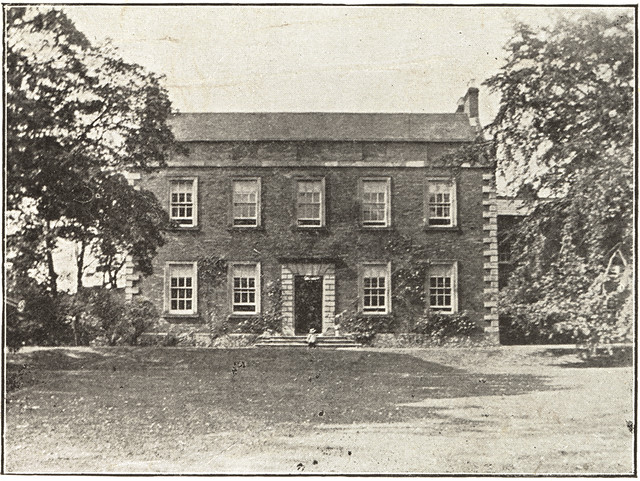
South Tyneside
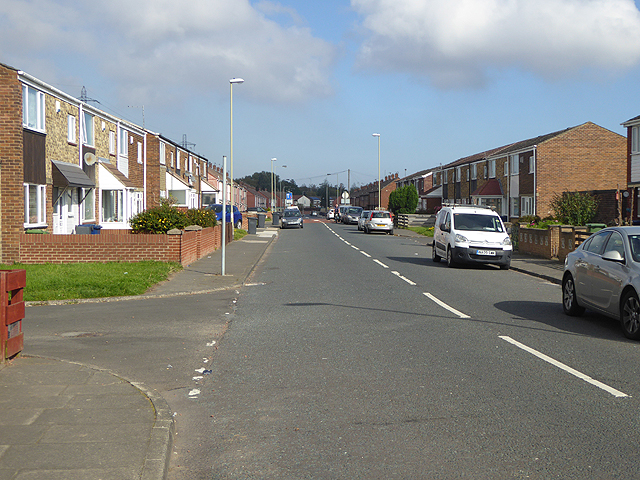
Biddick Hall, South Shields
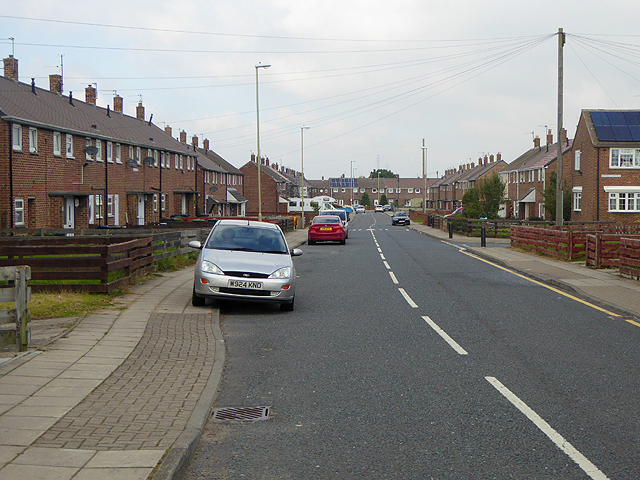
Brockley Whins

Chichester

Harton
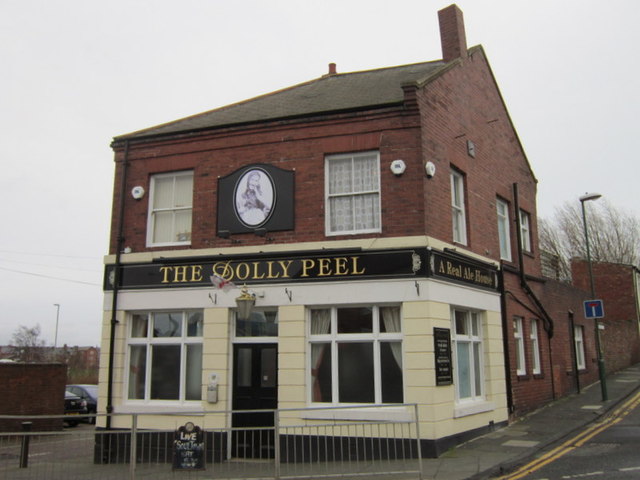
High Shields, South Shields
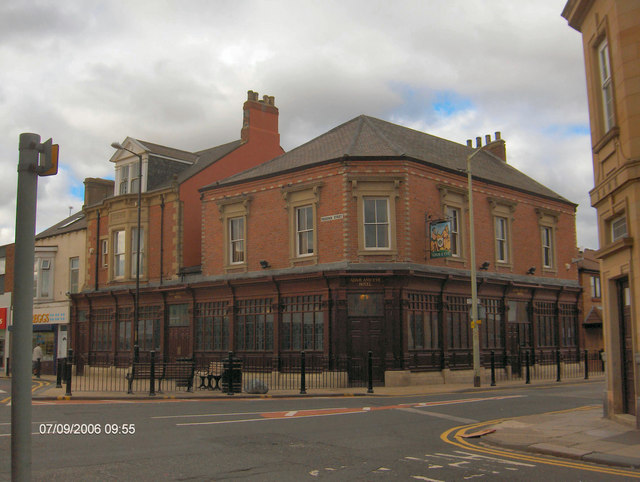
Laygate, South Shields

Marine Park, South Shields
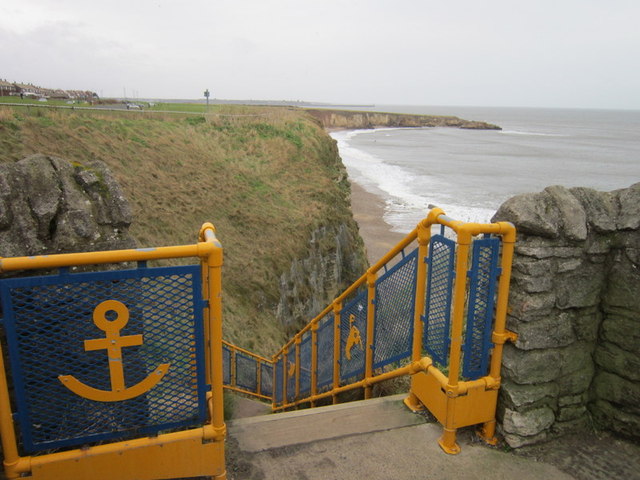
Marsden Grotto
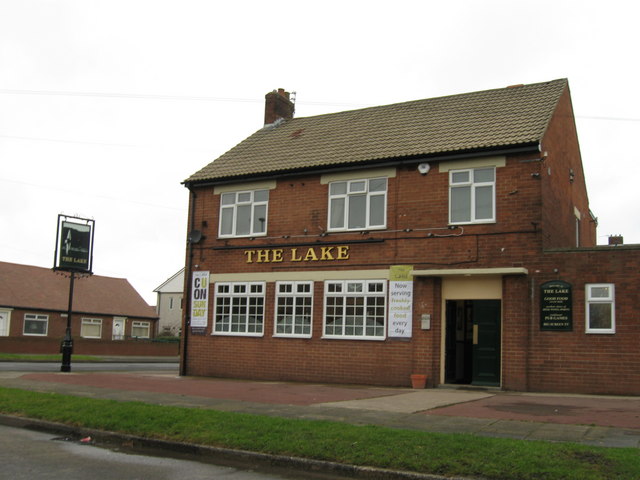
Marsden, South Shields
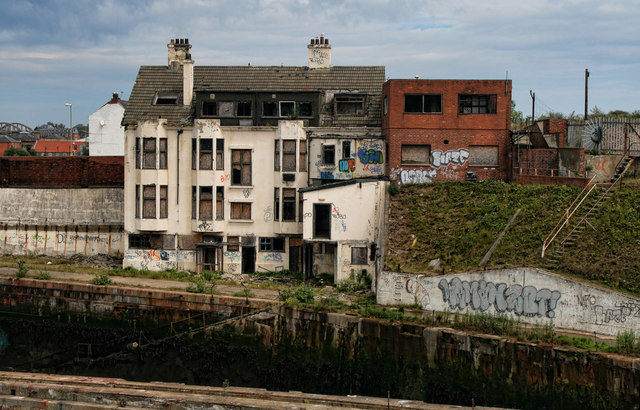
Middle Docks, South Shields
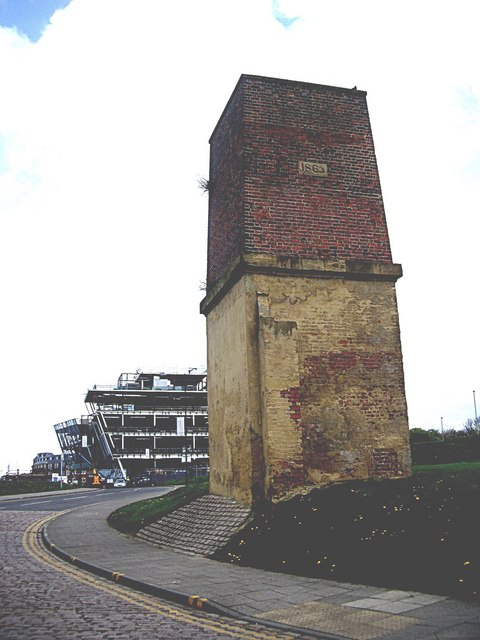
Mill Dam, South Shields
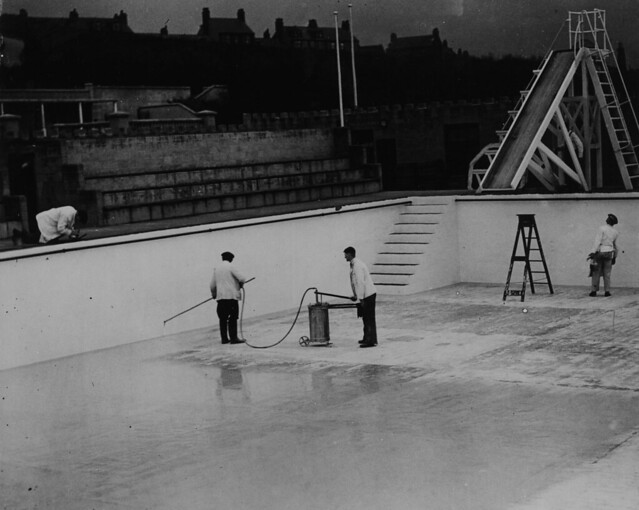
Outdoor Pool, South Shields (former)

Schools in South Shields

Simonside, South Shields

South Shields at War

South Shields, 1848

South Shields, Historical Account, 1890

St Hilda's Colliery Band (1869 - 1937)

St. Hilda's Colliery (1810 - 1940)
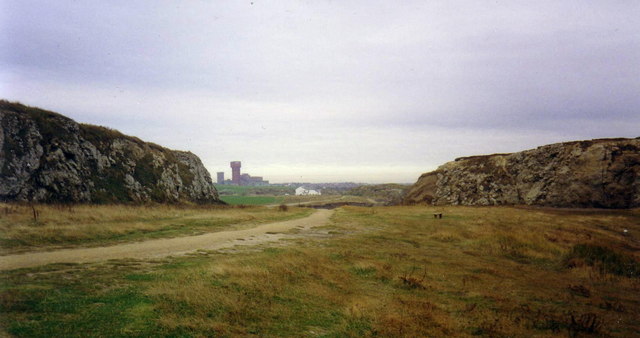
The Leas
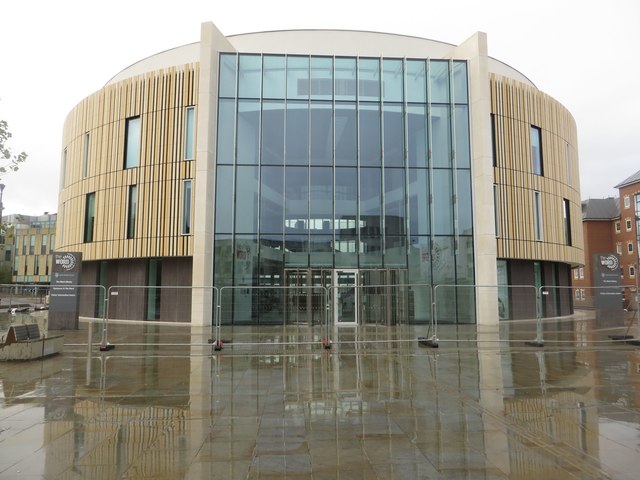
The Word, South Shields

Town Centre, South Shields

Tyne Dock
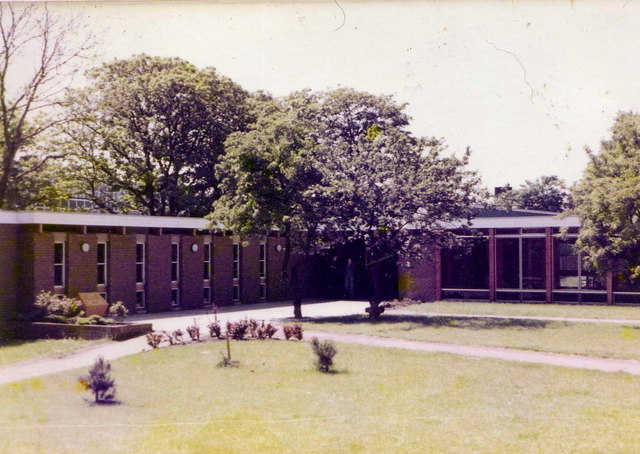
Westoe
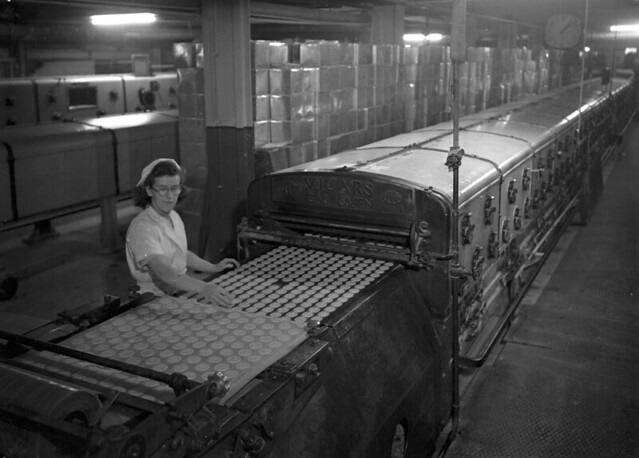
Wrights Biscuits, South Shields (1790 - 1973)

J. P. Rennoldson and Sons, Shipbuilders

South Shields Museum & Art Gallery

Catherine Cookson (1906 - 1998)

Elinor M. Brent-Dyer (1894 - 1969)

South Shields WW1 Seaplane Station
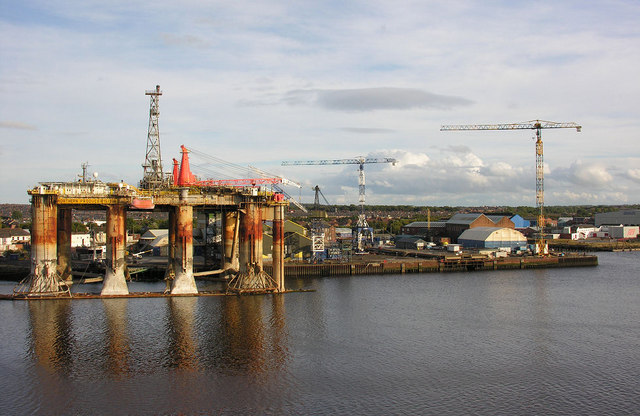
John Readhead and Sons, Shipbuilders
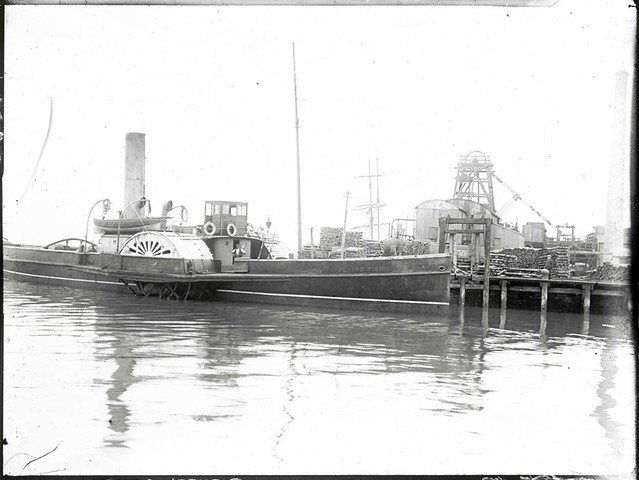
J. T. Eltringham & Co Ltd, Shipbuilders
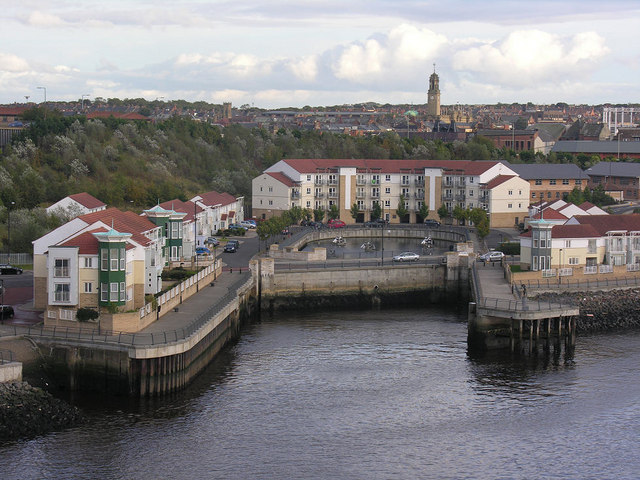
Brigham & Cowan, shipyard (1876-1982)

Whiteleas Smallpox Hospital, South Shields

Deans Isolation Hospital, South Shields

South Shields Trolleybus System
